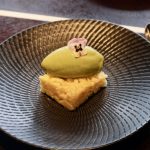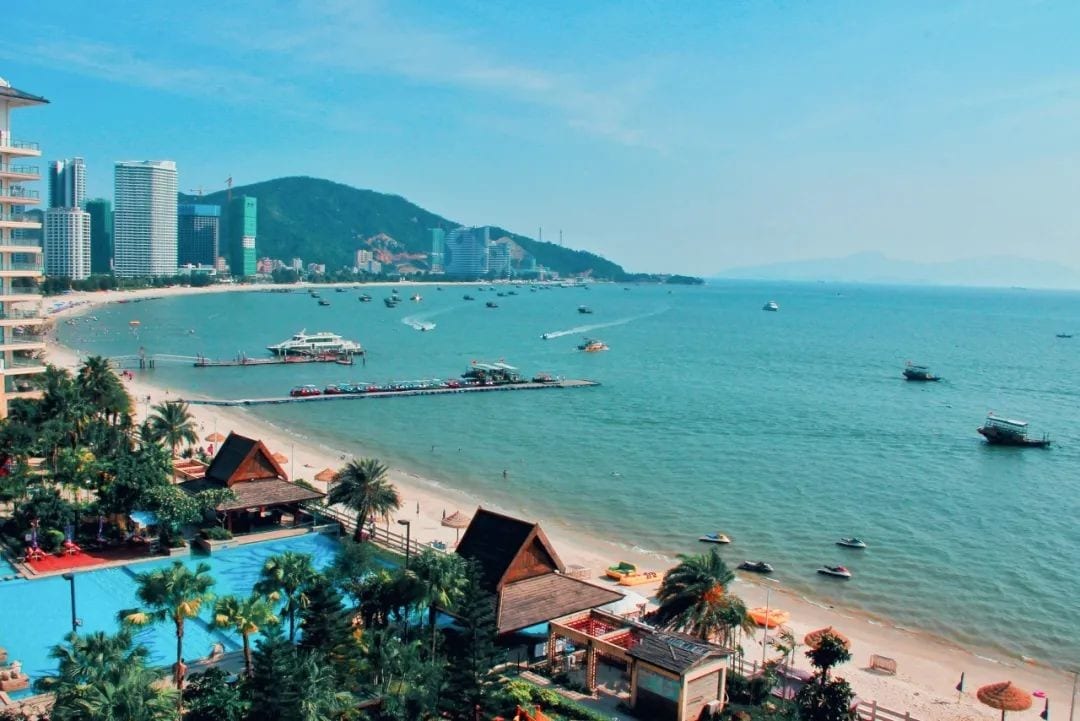
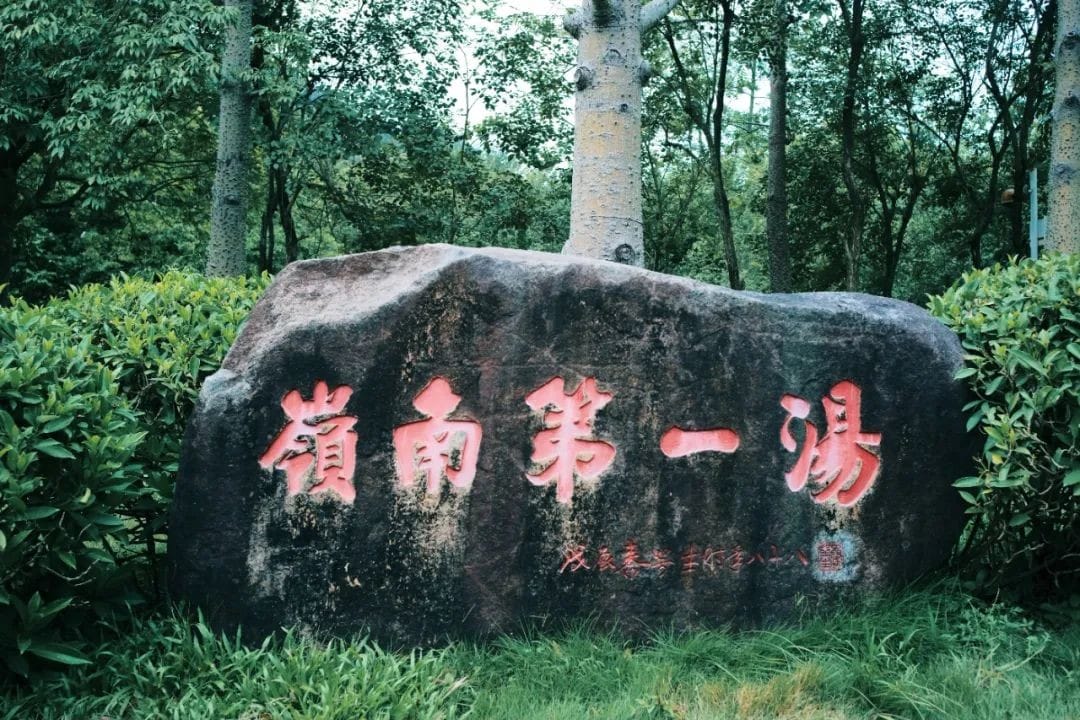
Perhaps the “Iron Boss” at the end of the year is also looking to boost its performance, as Zhejiang has added a delicious Hangzhou-Taizhou high-speed railway, and the Greater Bay Area is set to open a significant Ganzhou-Shenzhen high-speed railway.
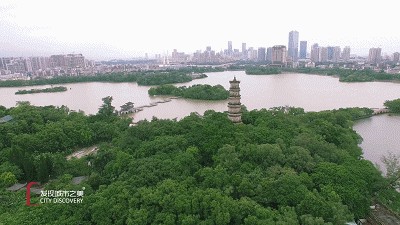
The cities of Ganzhou and Shenzhen, at the beginning and end of this route, were recently featured in an article by Xianyu. Driven by my (literally “foodie instincts”), I am more interested in Huizhou, which lies in the middle of the route.
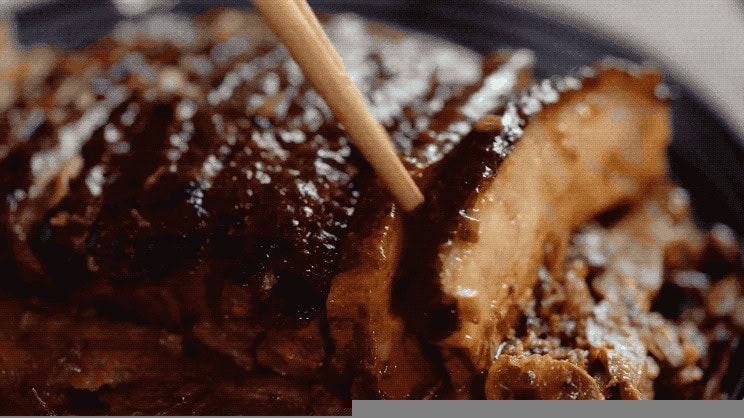
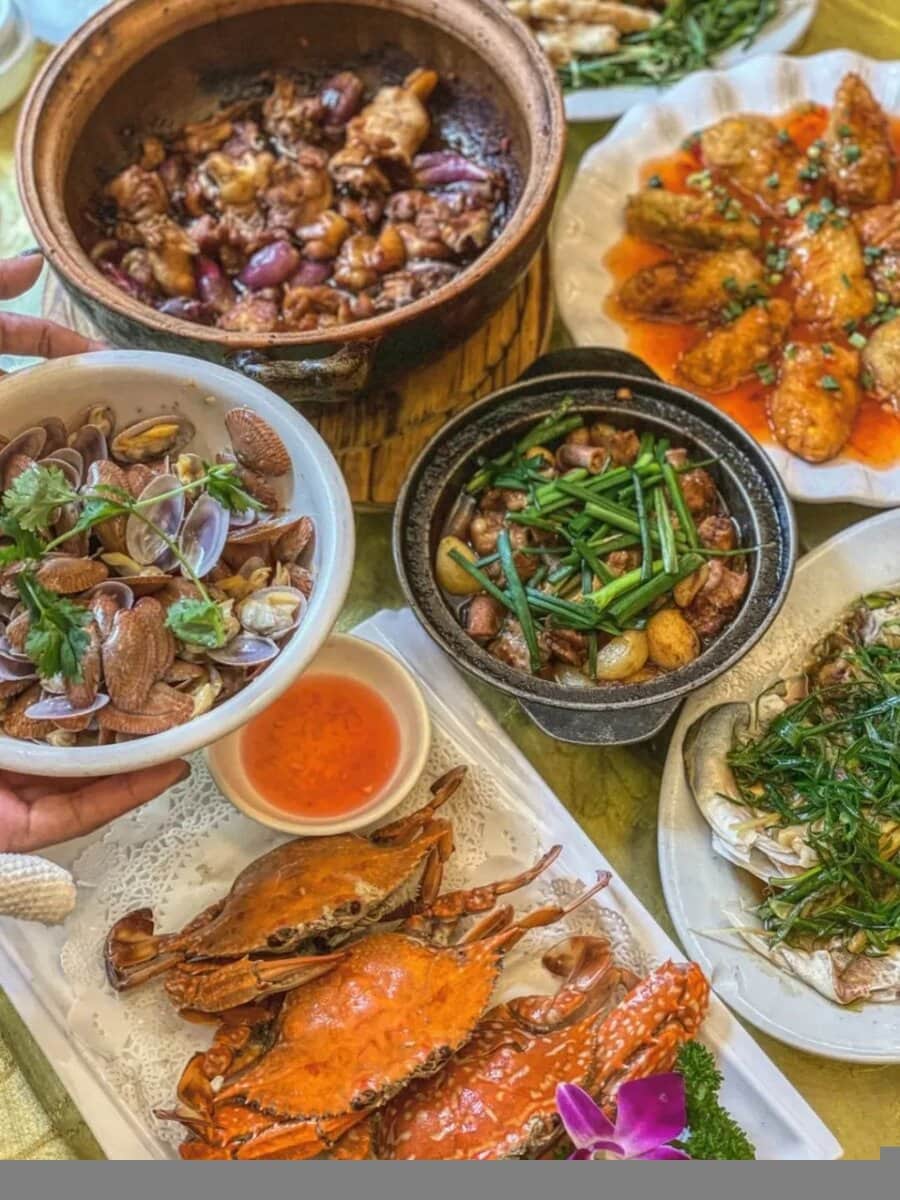
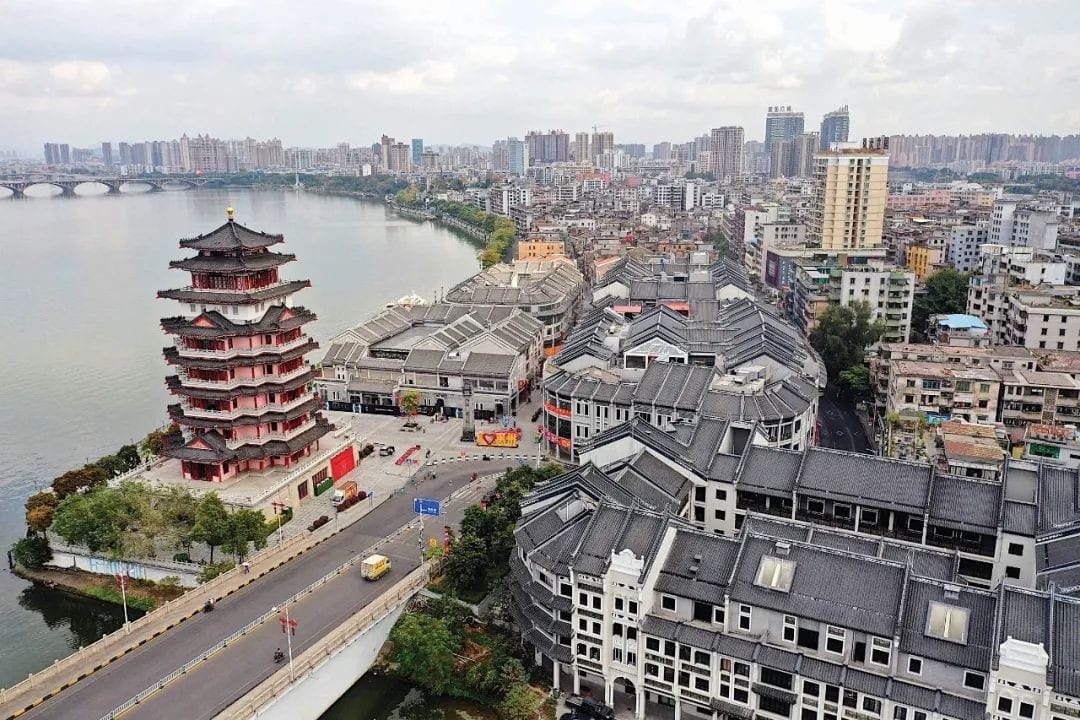
In terms of area, population, GDP, and urban development, Huizhou has always been a “middle-of-the-road” city in Guangdong.

Domestic tourists usually come to Huizhou for two purposes: to look at houses and to see the sea.
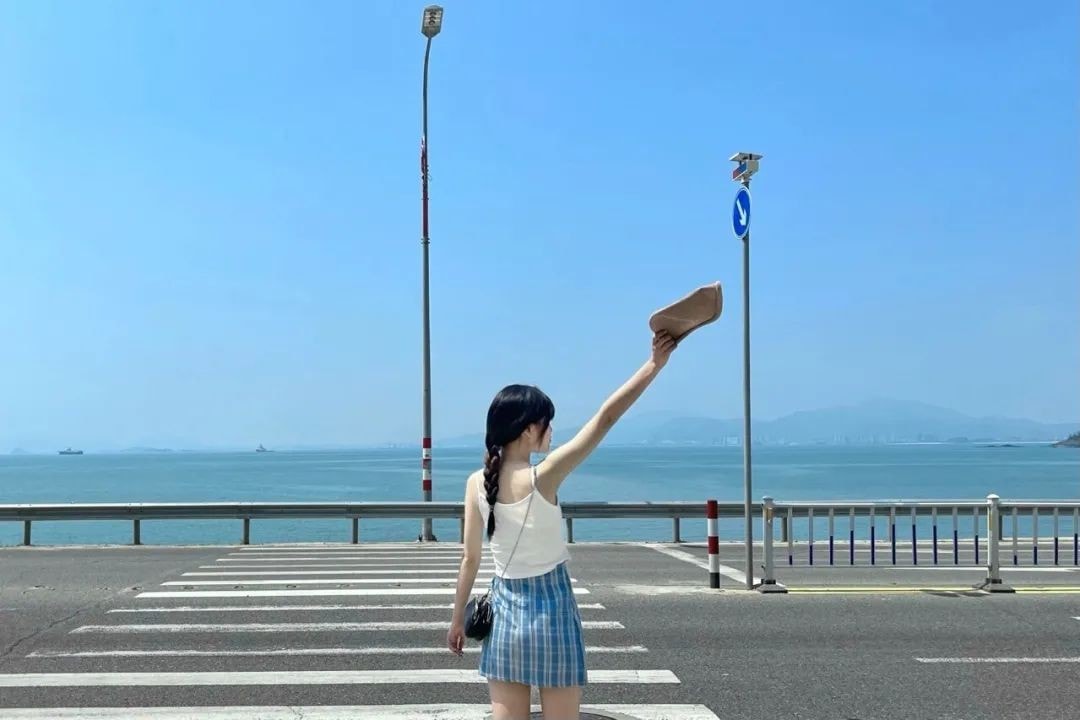
Because it is close to Shenzhen, housing prices are not as exorbitant, leading to the (teasing) that young people full of passion come to Shenzhen thinking they are all Shenzheners, only to end up becoming Huizhou residents.
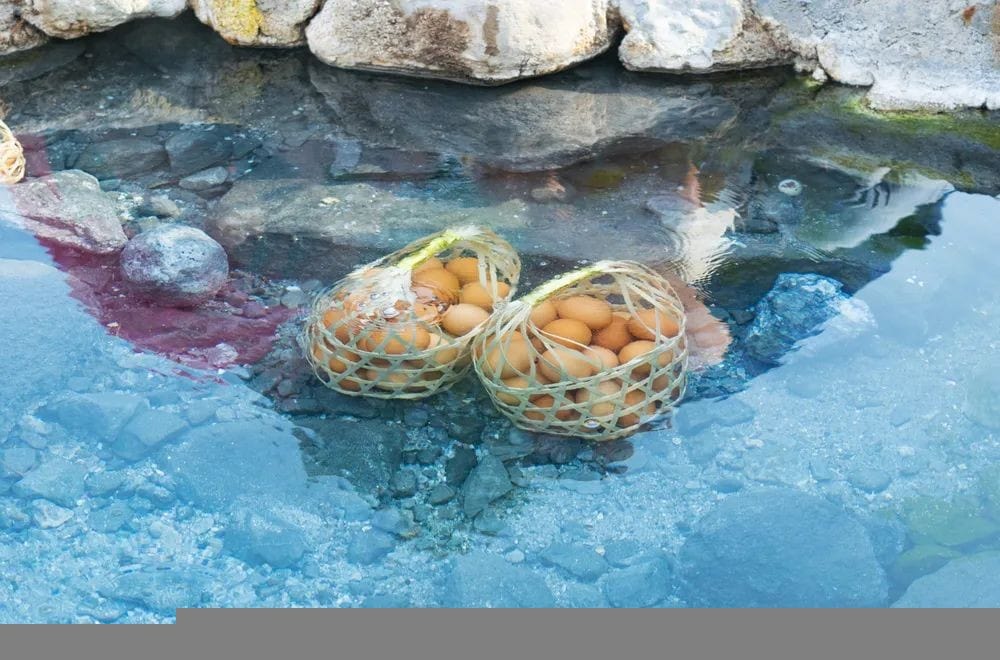
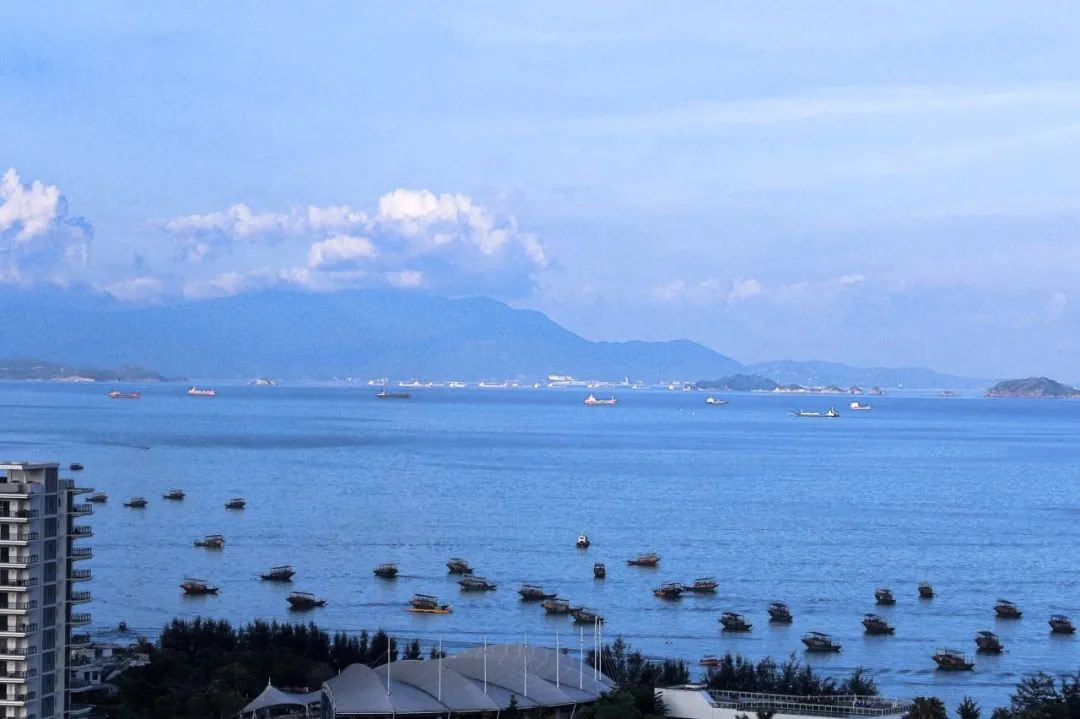
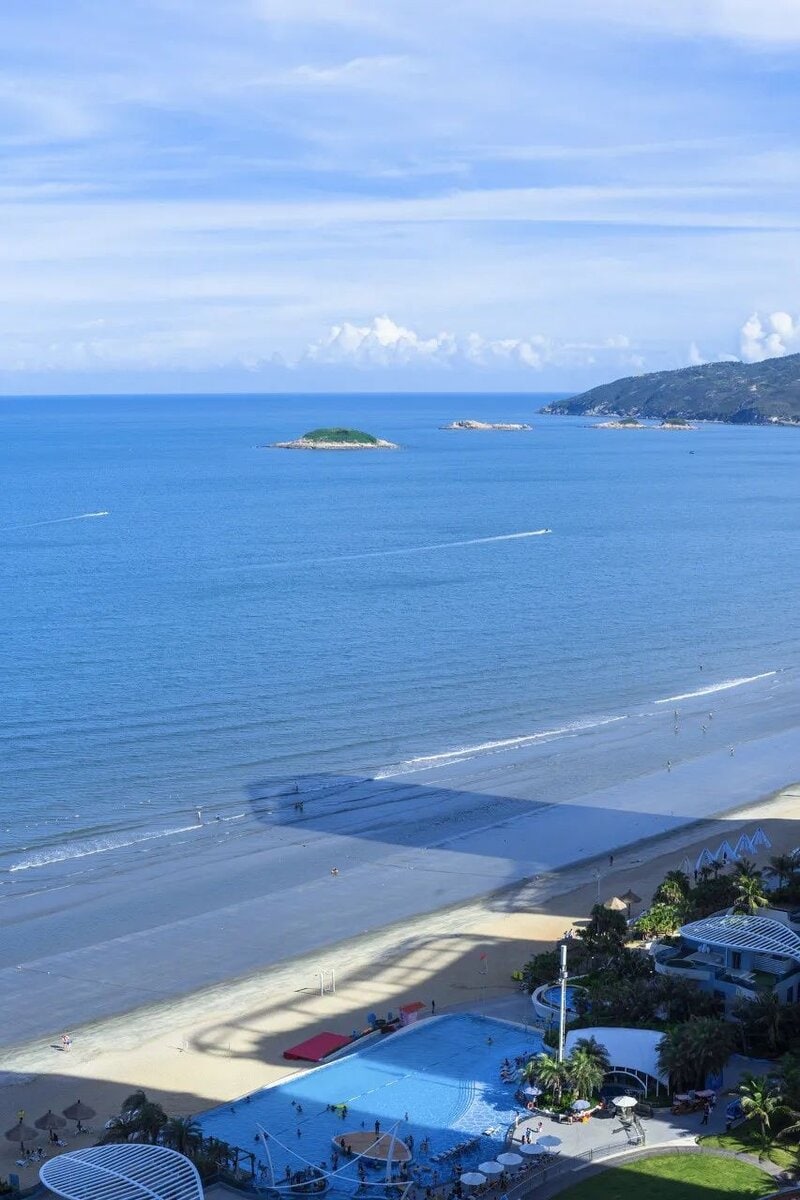
Huizhou’s sea is beautiful, which is probably a more common impression of the city. Even in Guangdong, which has the longest coastline in the country, coming to Huizhou to see the sea remains a top choice. (Whether it is a universally recognized top choice, you can judge by checking the occupancy rate of seaside hotels during holidays.)
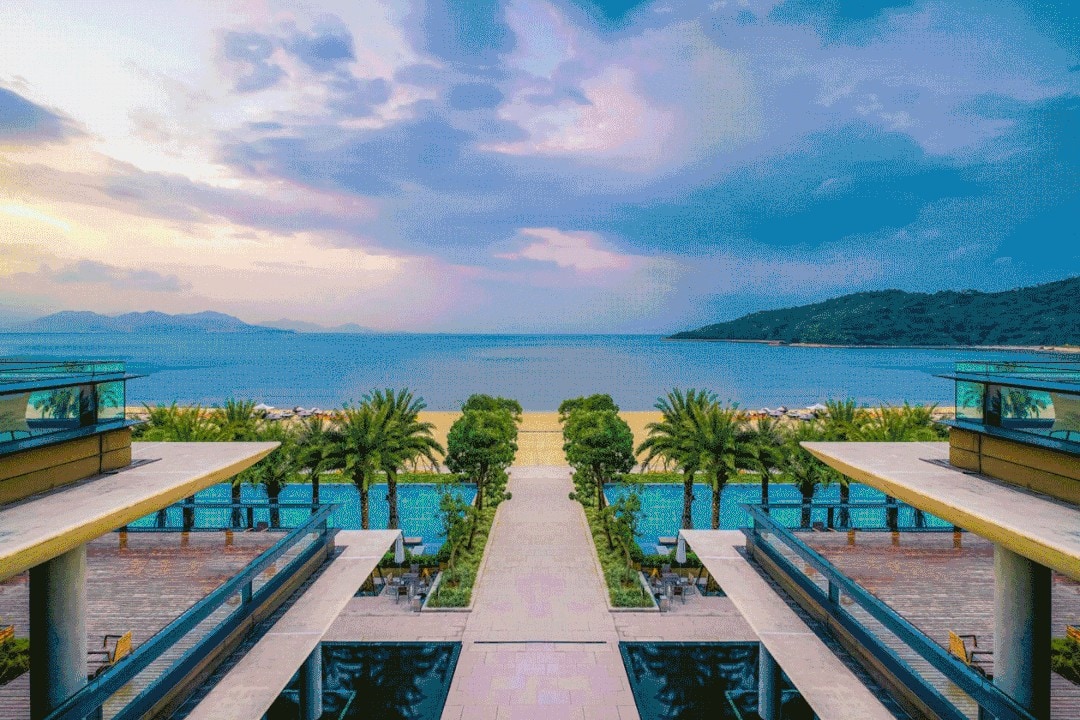
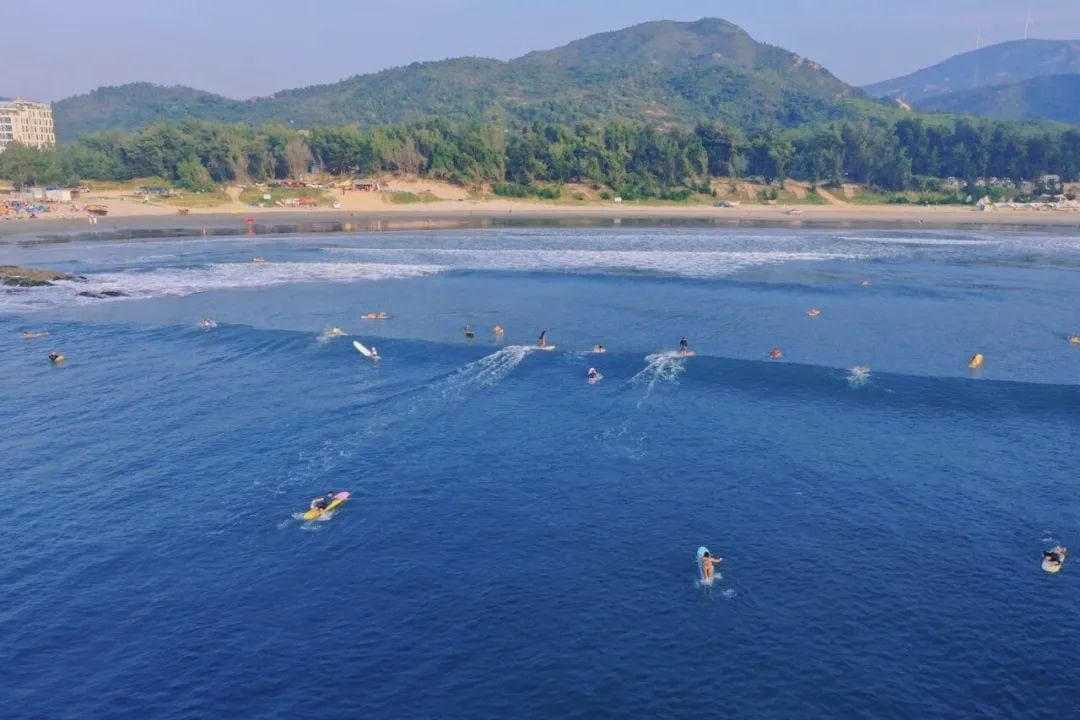
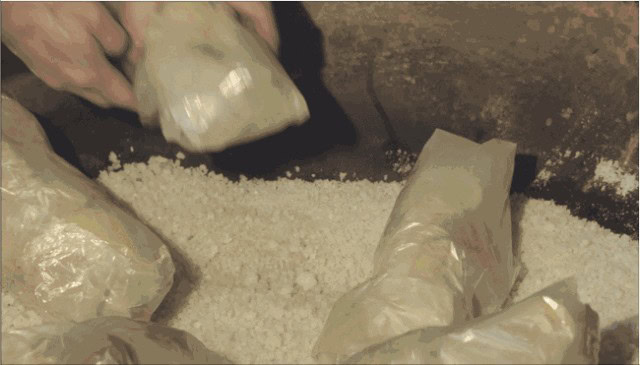
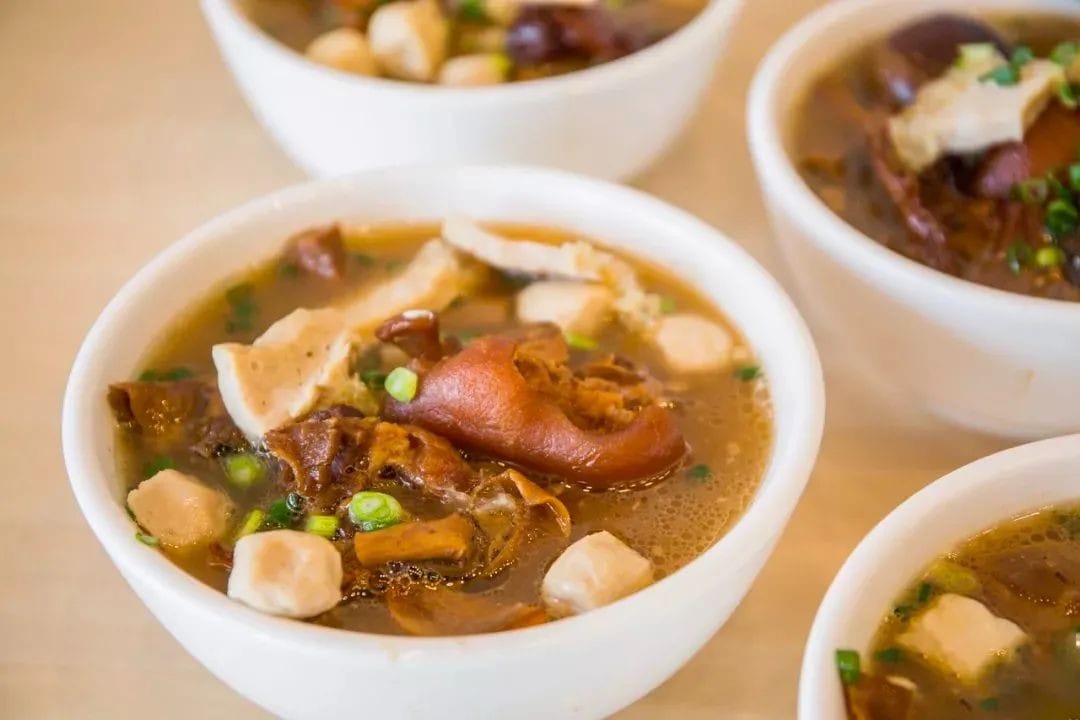
The “lethality” of winter in Guangdong is far less than that in Jiangsu, Zhejiang, and Shanghai, but when the temperature drops, the number of people going to see the sea inevitably decreases. At this time, Huizhou reveals another identity—it is also a “hot spring tycoon” with a rich heritage.
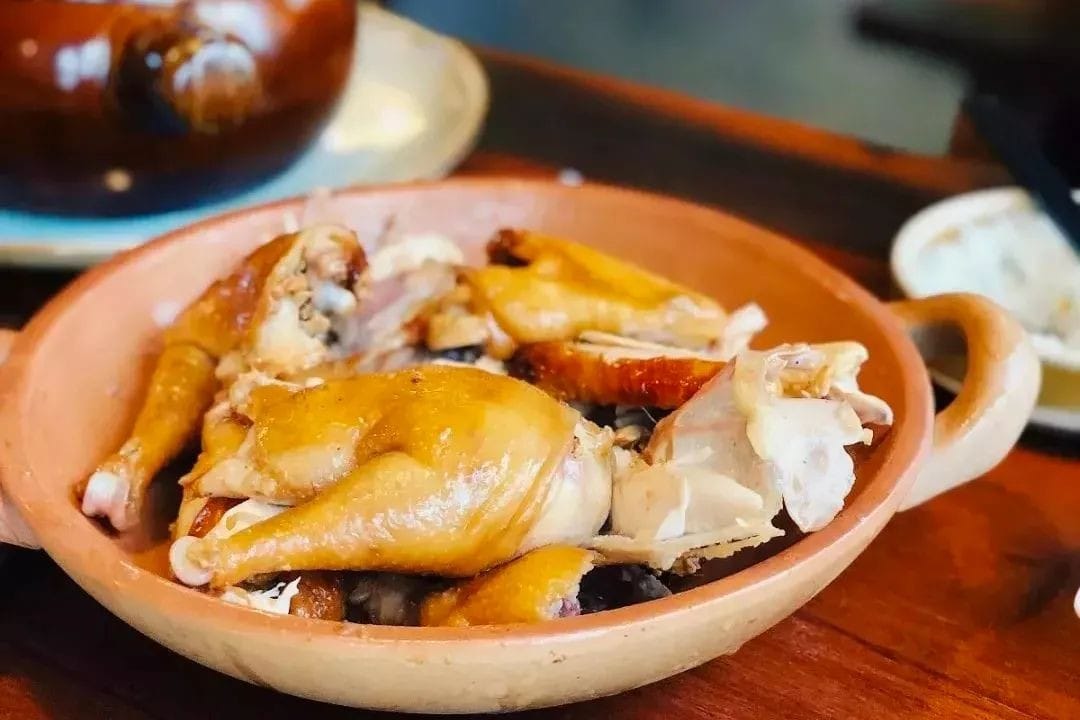
Judging by the density of the red dots, the steam seems to be right in front of your face!
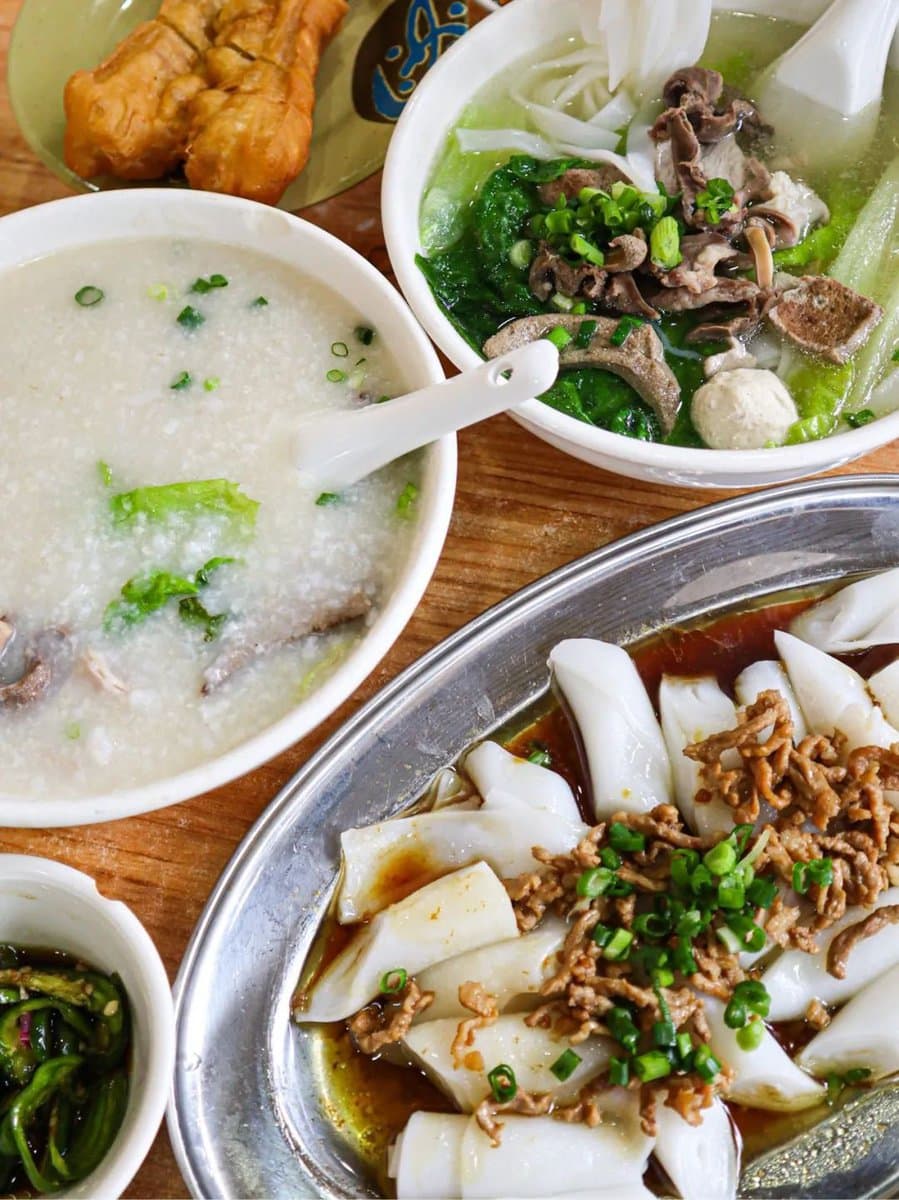
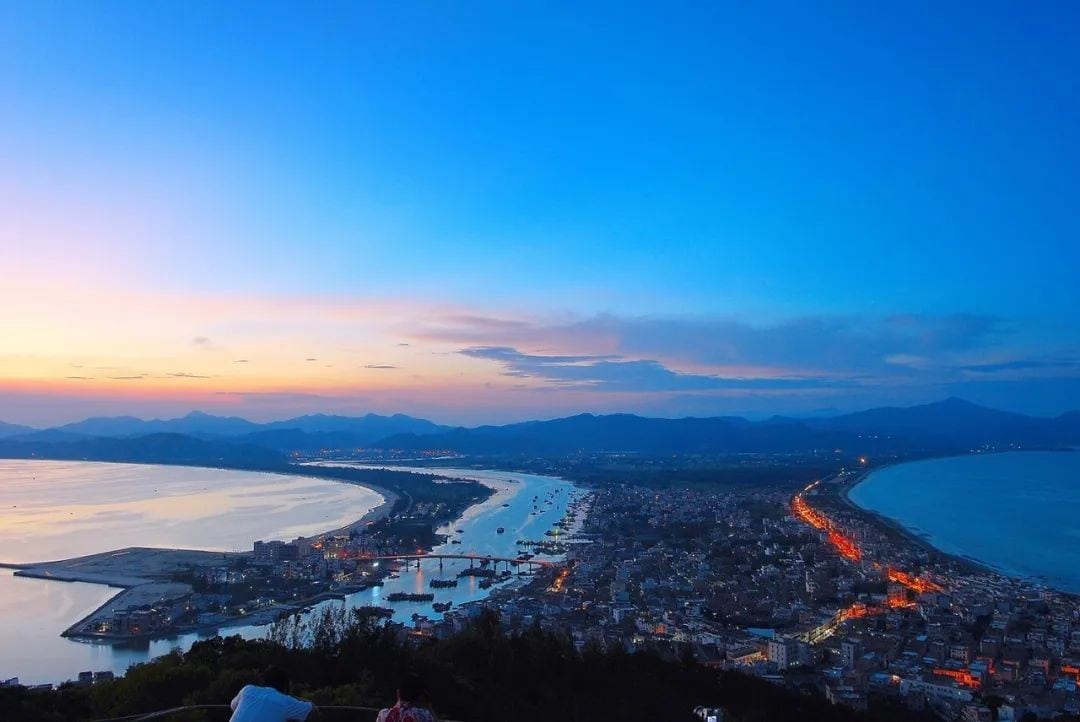
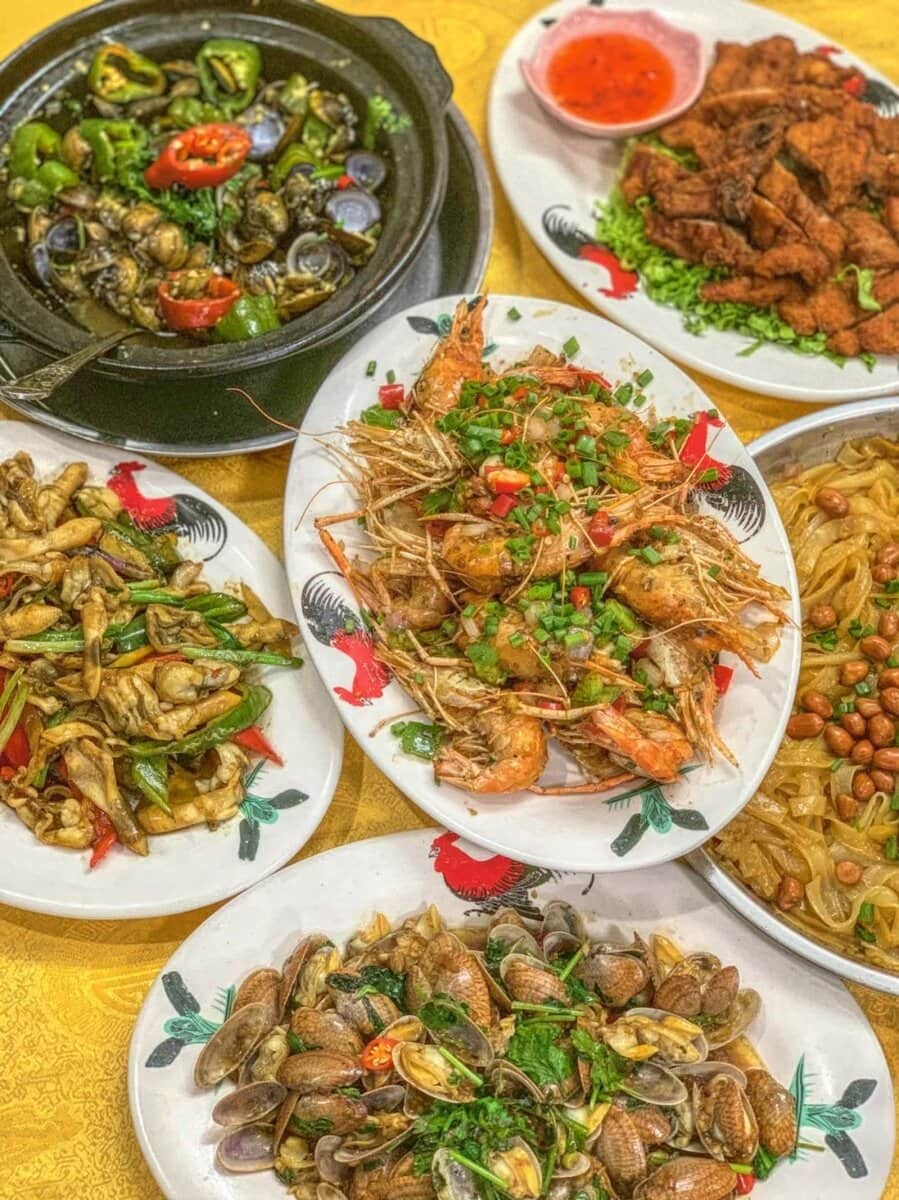
Moreover, the high-speed train to Huizhou takes only 1 hour from Guangzhou and 22 minutes from Shenzhen. In the cold weather, it’s time to plan a winter getaway to the “City of Benevolence” (Huizhou).
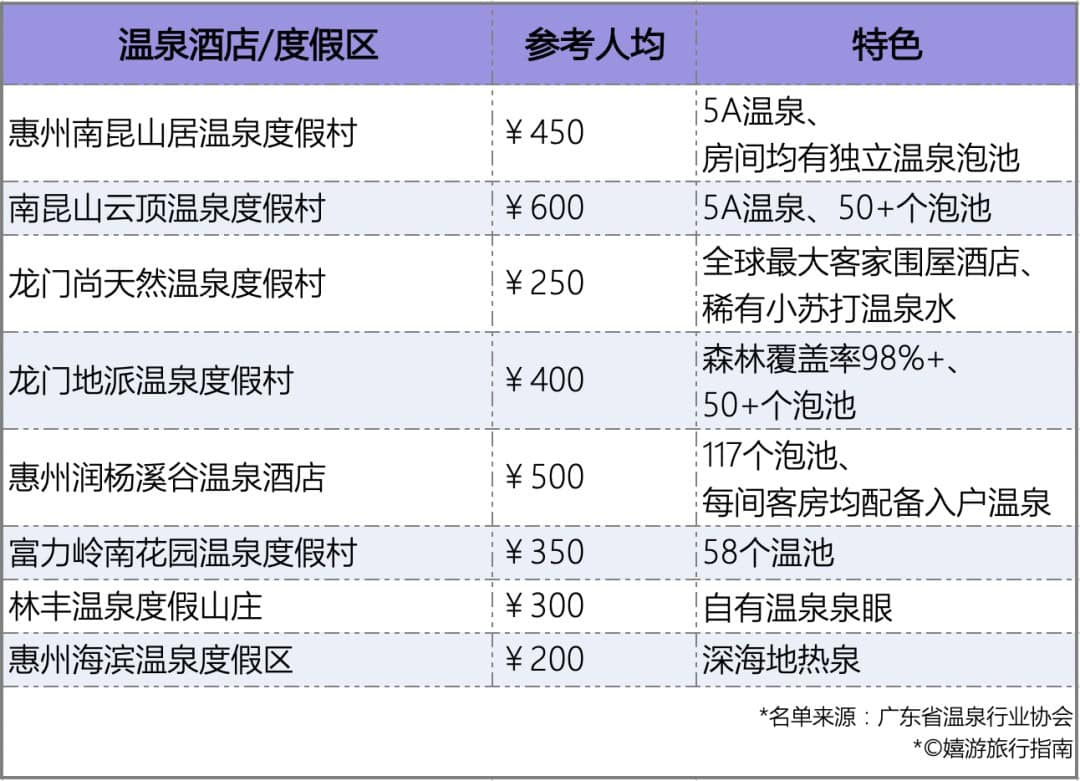
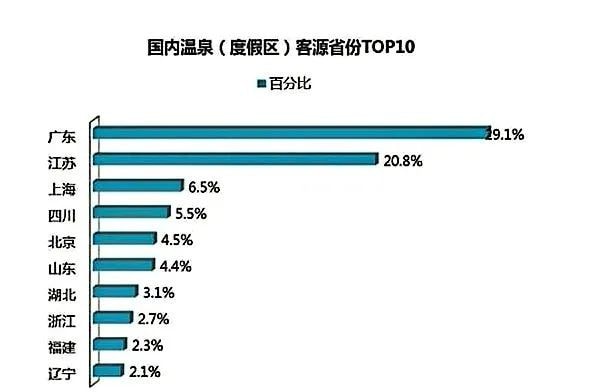
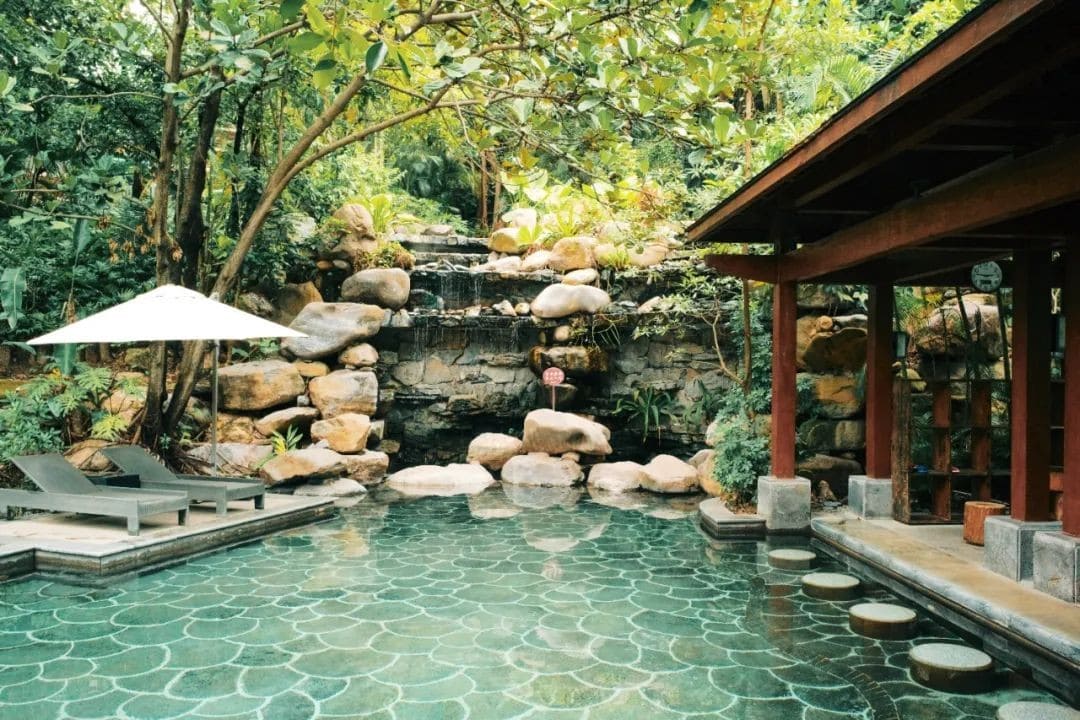
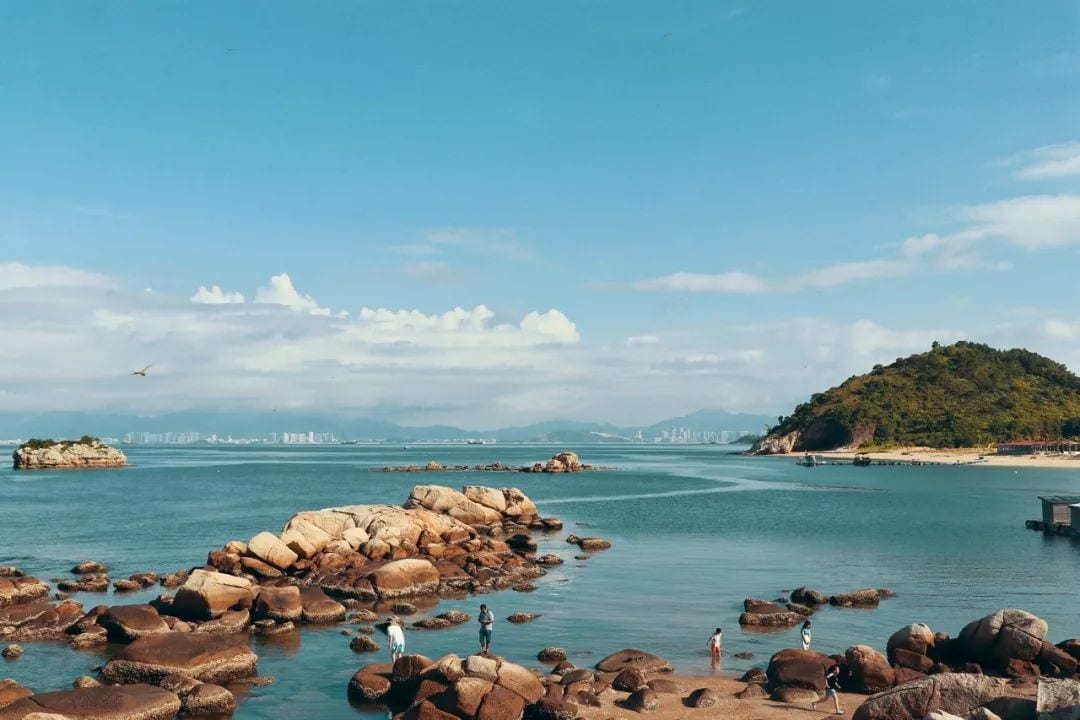
1
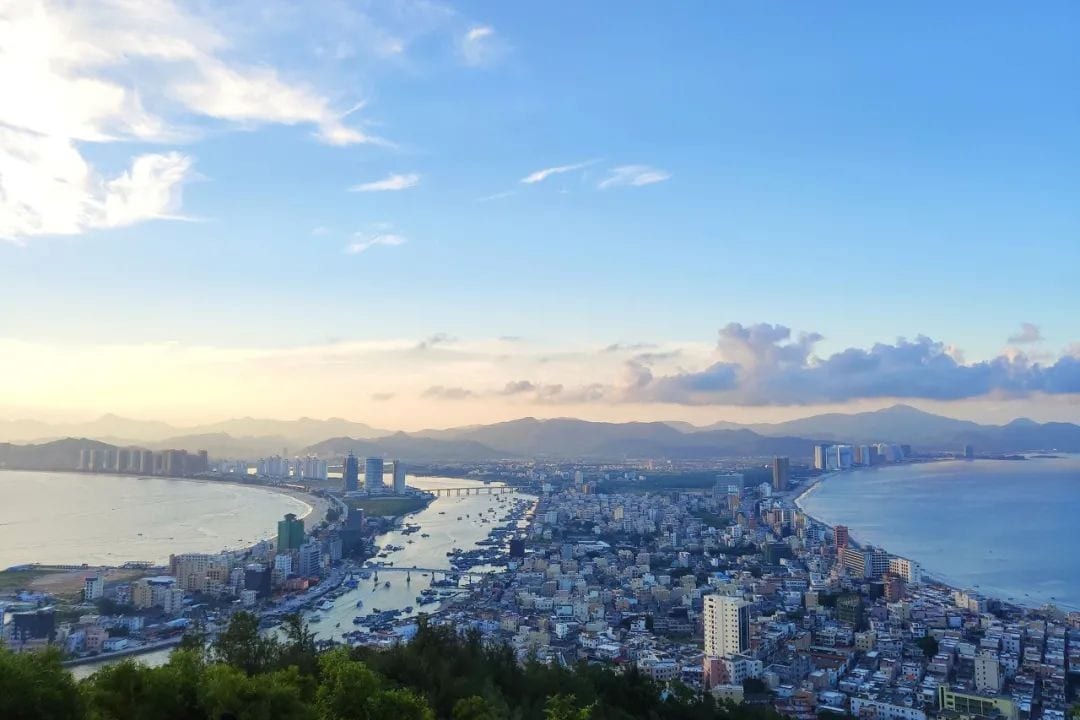
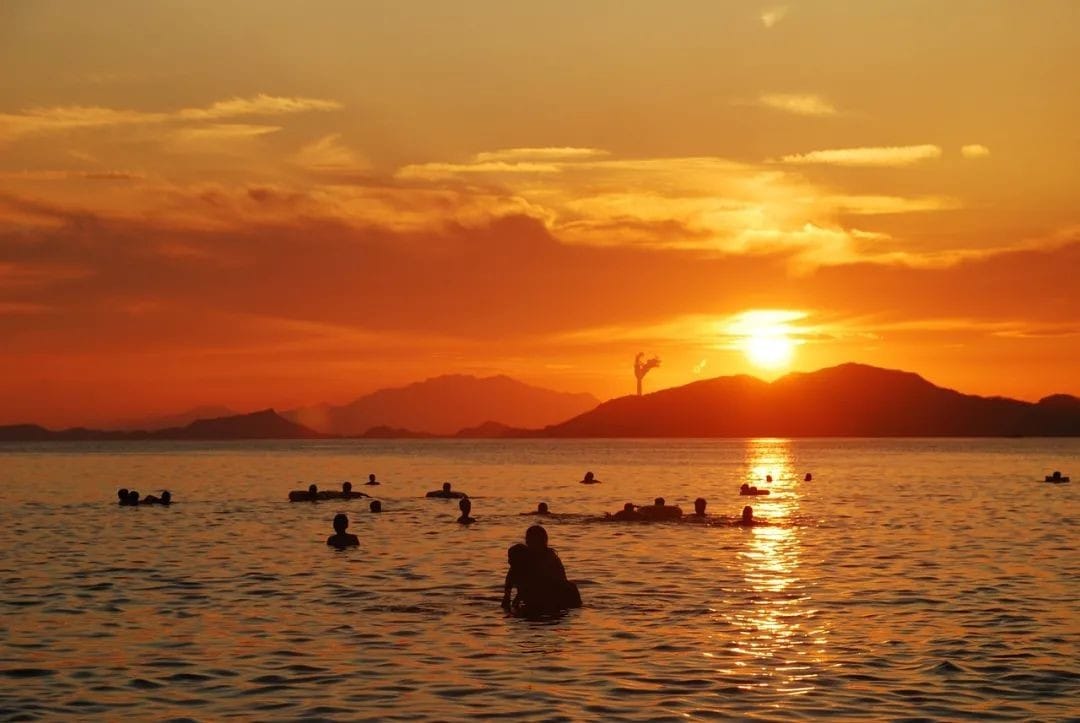
When the temperature drops below 20℃, it’s time to soak in the hot springs in Huizhou.
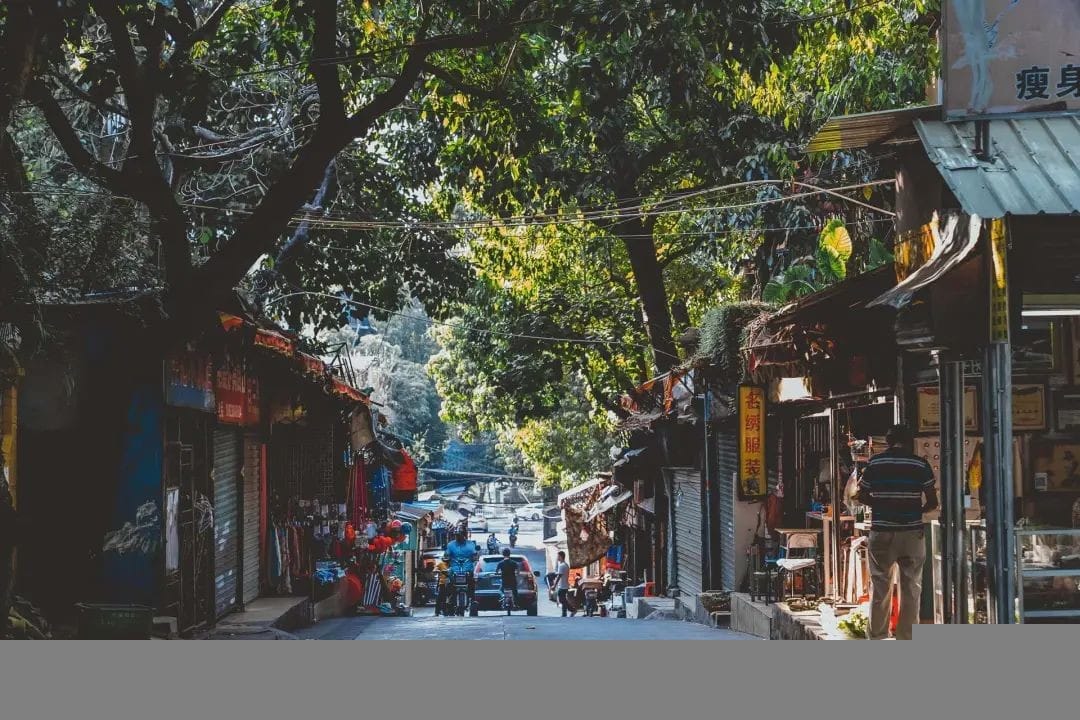
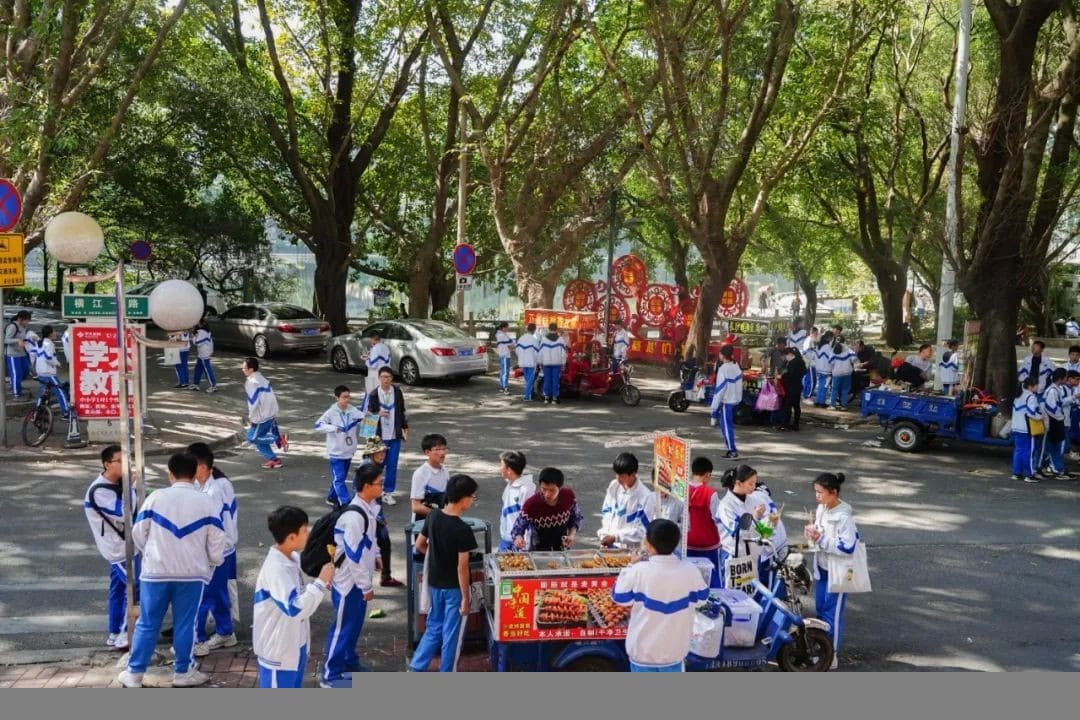
How do you spend a cold winter? While northerners love soaking in bathhouses all day, we in Jiangsu, Zhejiang, and Shanghai have it tougher, relying on shivering to get through winter.
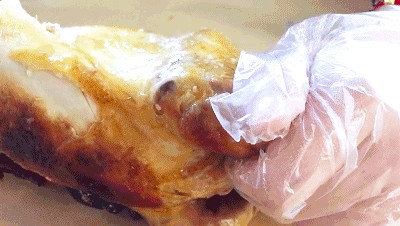
Guangdong people, on the other hand, are masters at provoking envy. The most privileged thing I’ve heard a Guangdong person say is no longer “eating dim sum for a month without repeating a dish,” but “there’s a hot spring to soak in just half an hour away from home.”
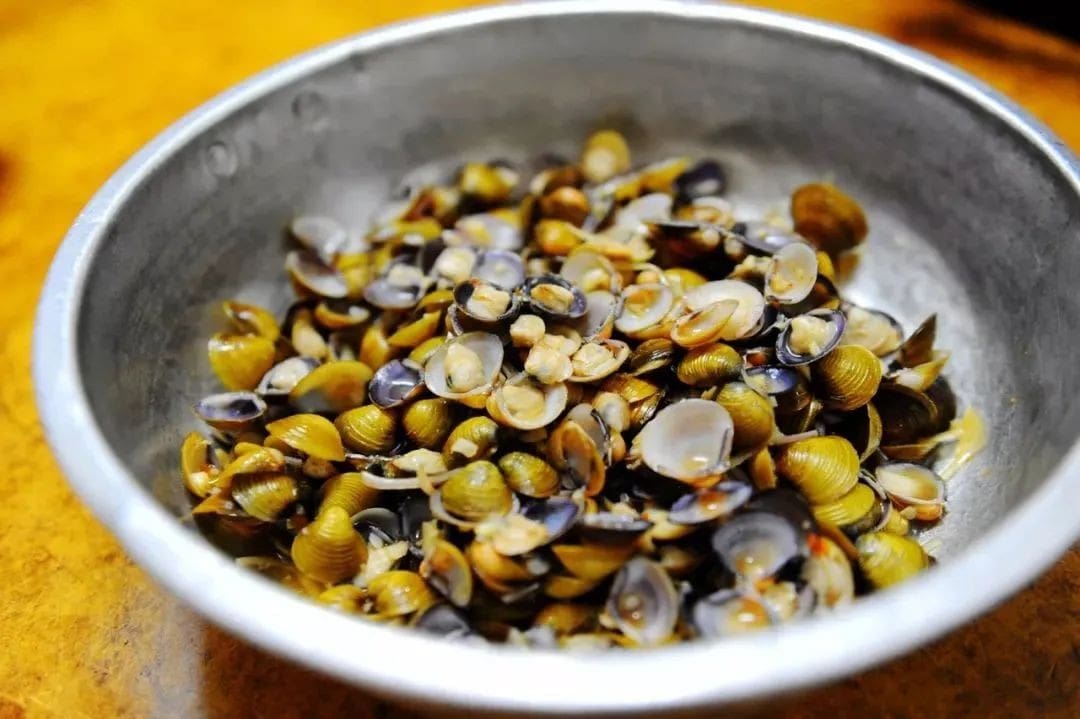
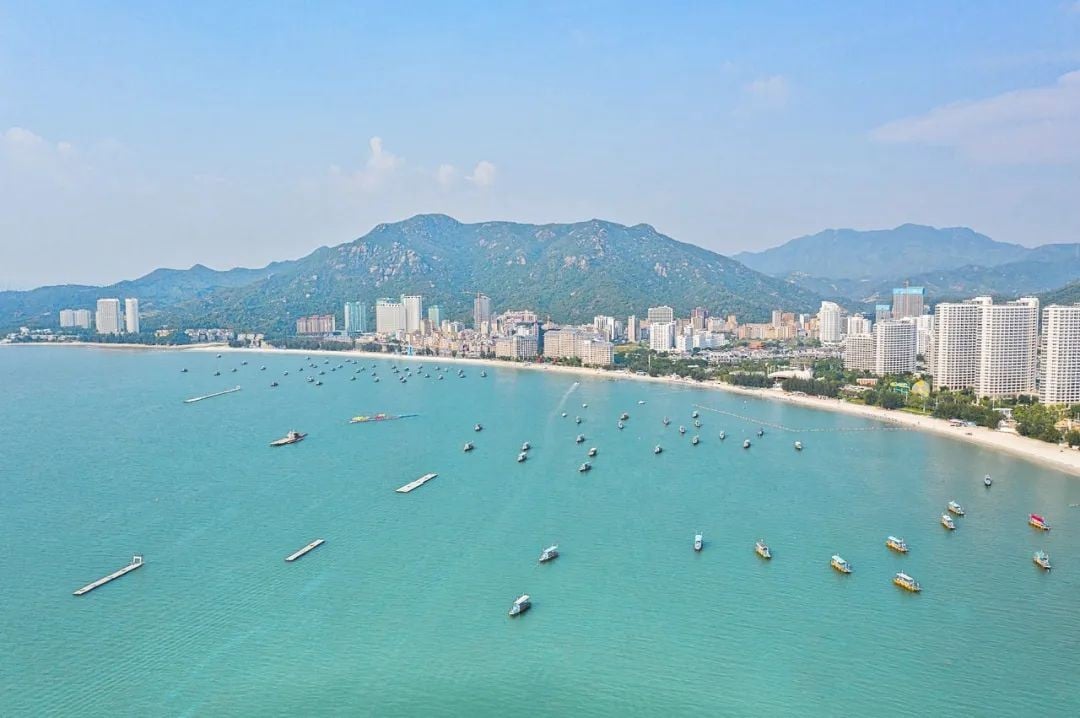
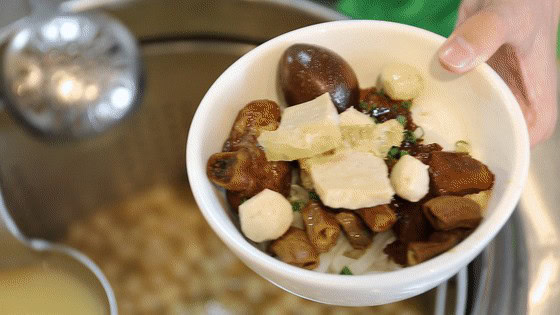
According to the “Research Report on Domestic Residents’ Hot Spring Vacation Consumption,” Guangdong is the largest province in terms of hot spring vacation consumption in the country, with a Guangdong resident soaking in hot springs an average of 5 times a year. (Guangdong residents who fall below this number are advised to make up the difference by taking their parents on a vacation at the end of the year.)

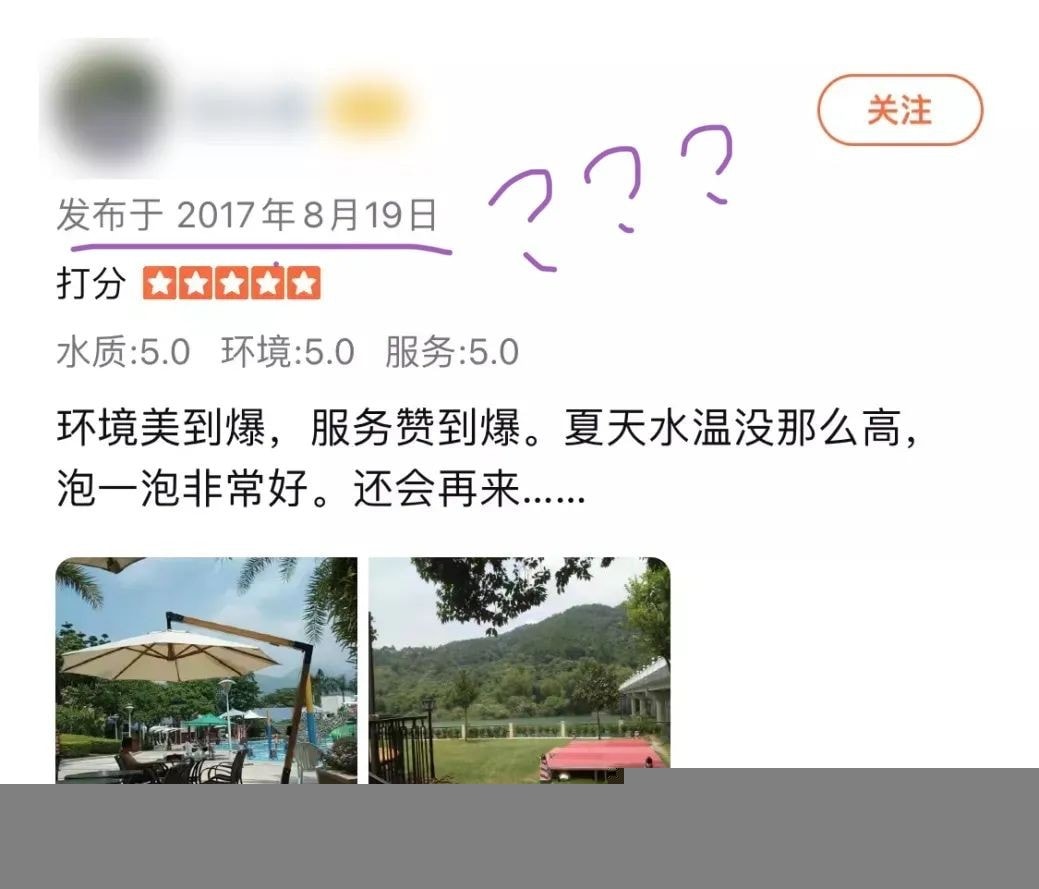
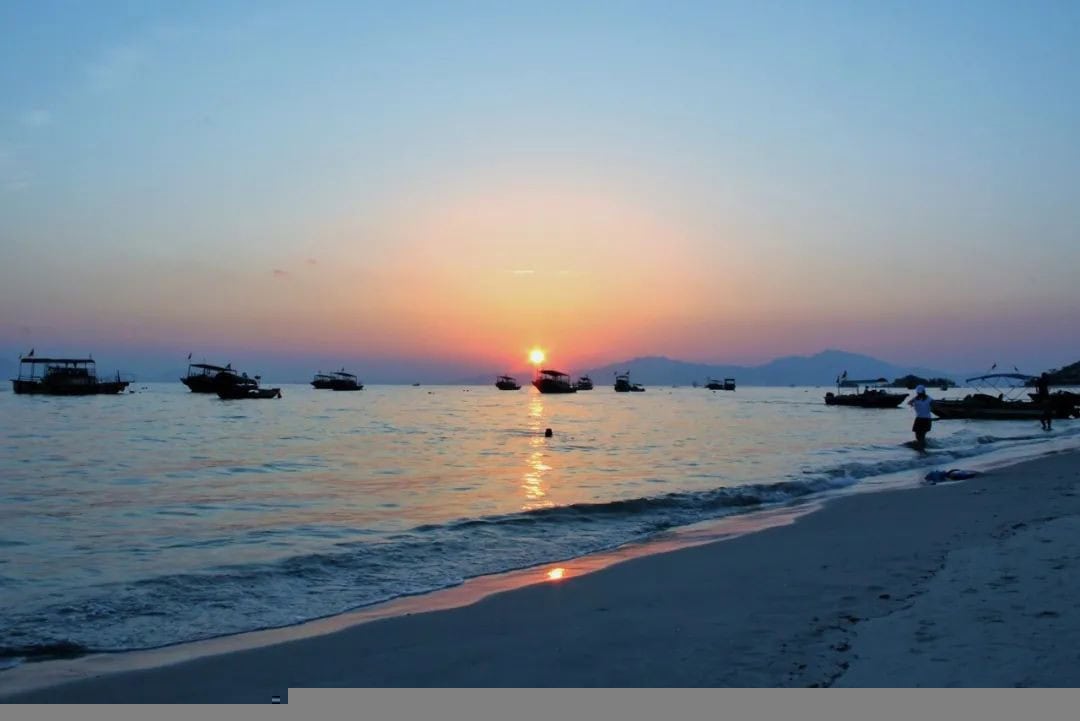
During the Double 11 shopping festival, the most shared item among Guangzhou residents was neither daily necessities nor 3C products, but hot spring tickets.
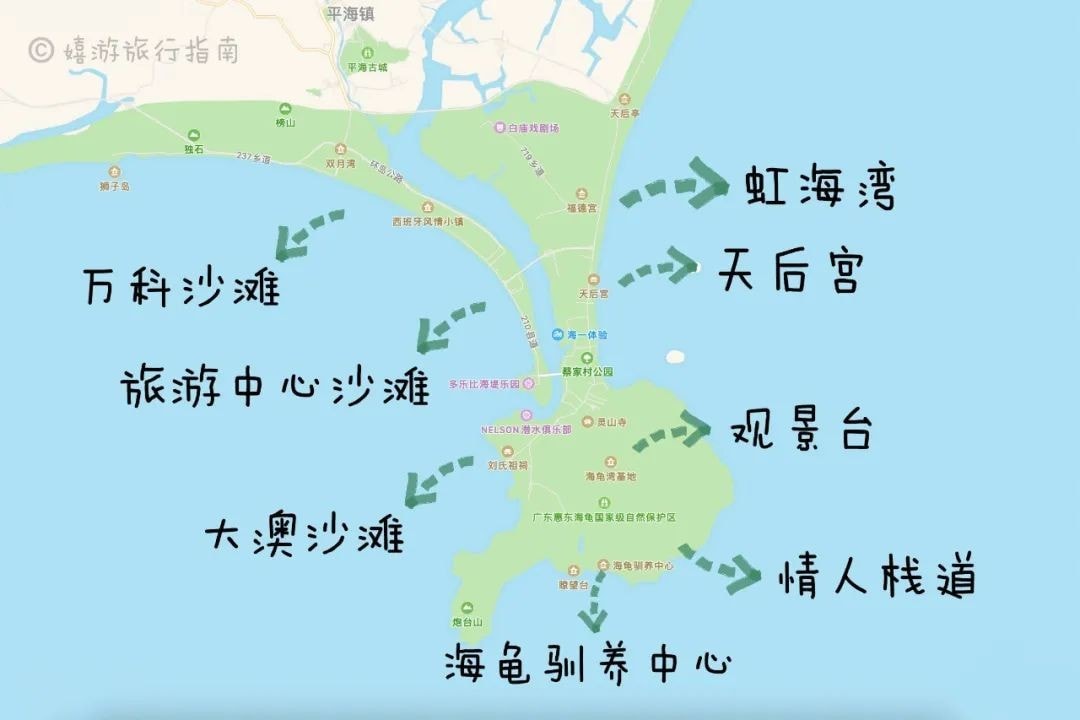
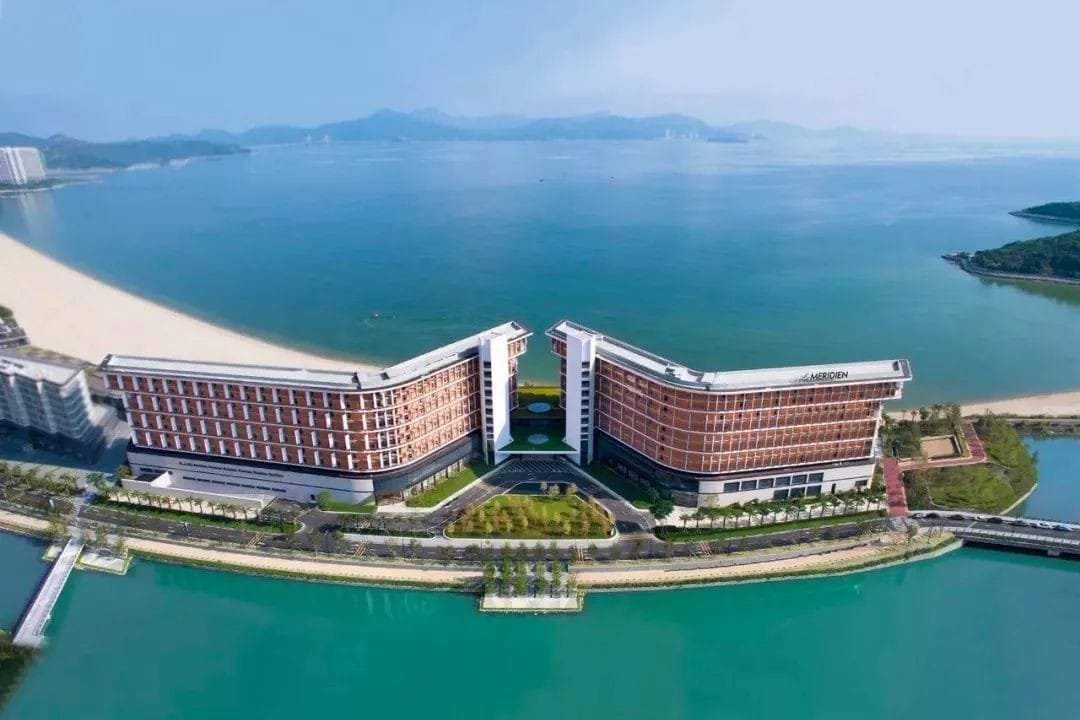
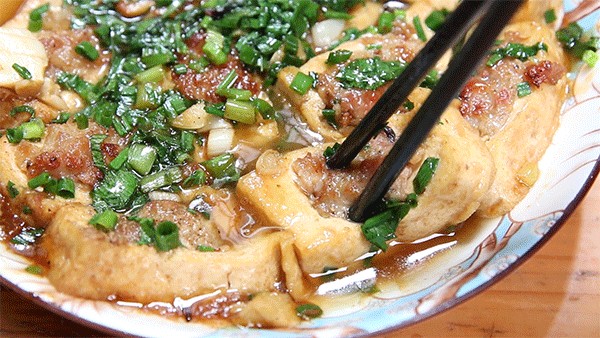
When the temperature drops below 20℃, the winter in Guangdong has arrived, and the switch in Guangdong people’s bodies for soaking in hot springs automatically flips on.
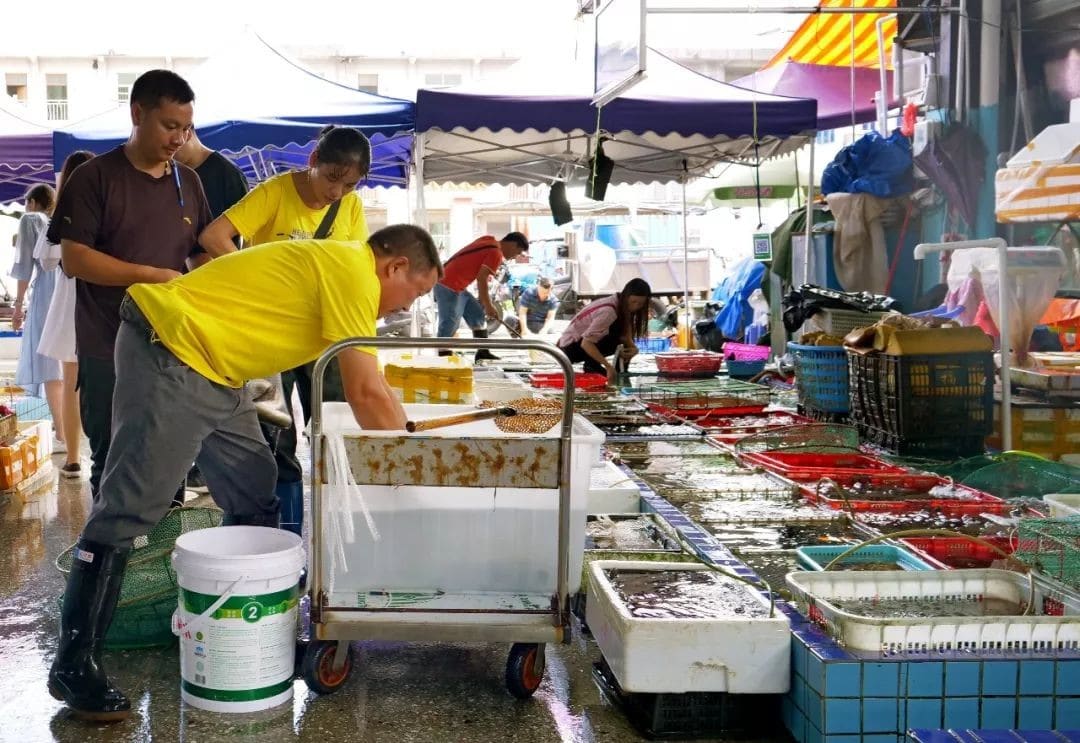
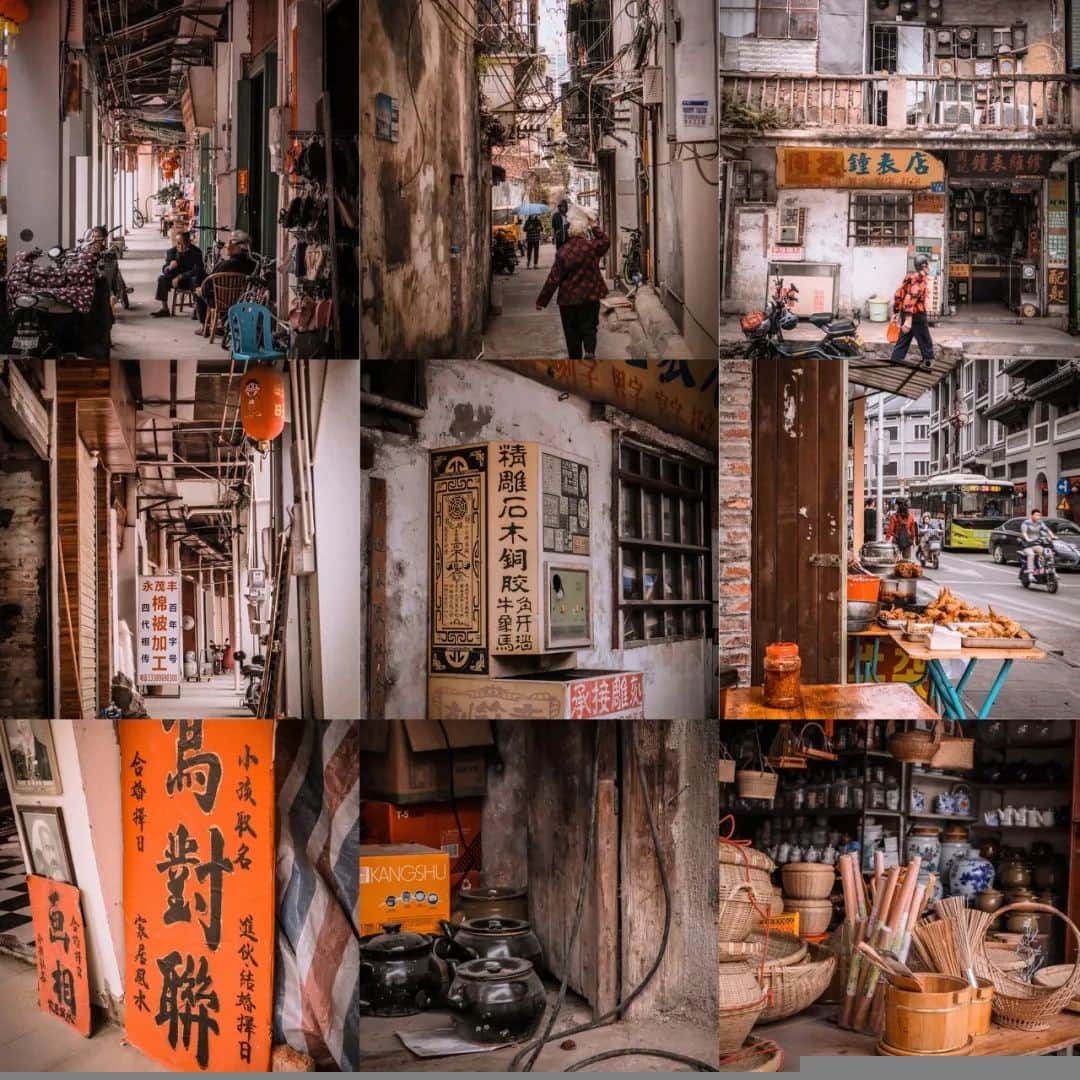
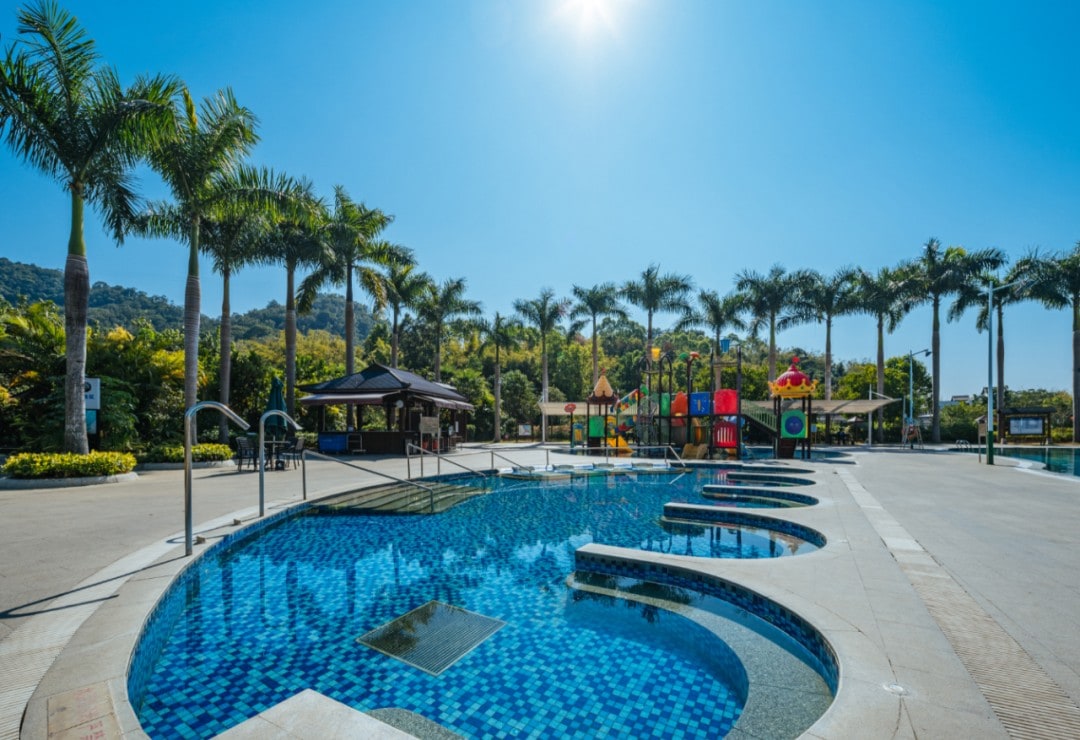
But what about when the temperature is above 20℃? No problem, high temperatures are no obstacle!

Authentic Guangdong people have the incredible ability to soak in hot springs even during the dog days of summer. The average of 5 times a year is probably an underestimate.
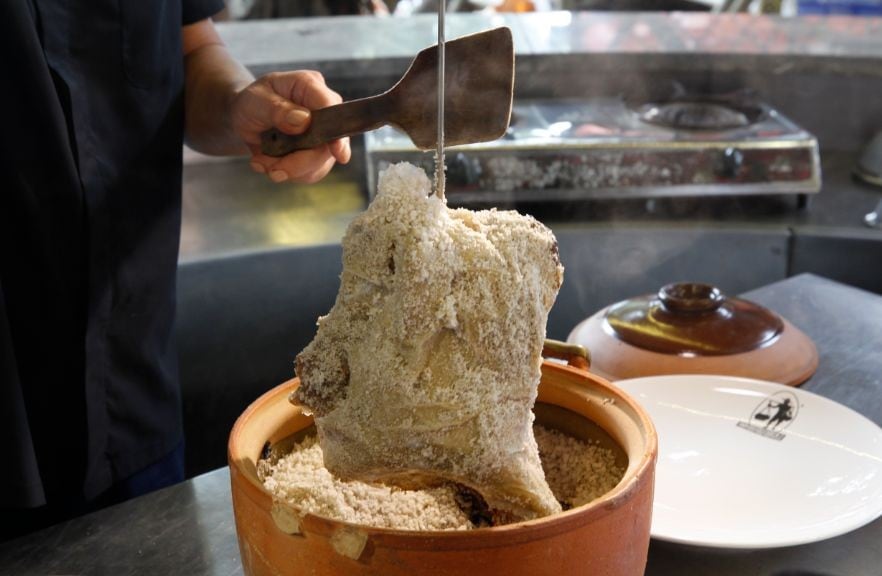
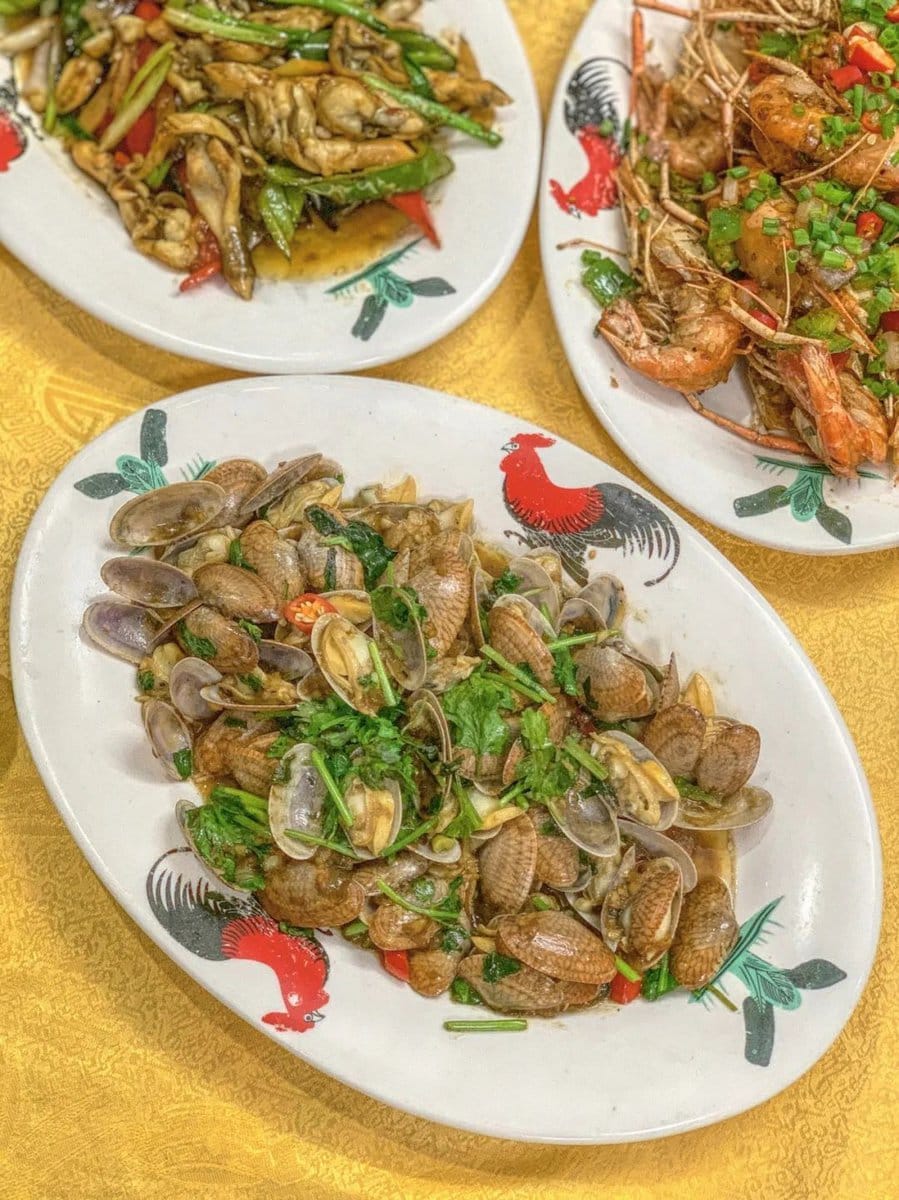
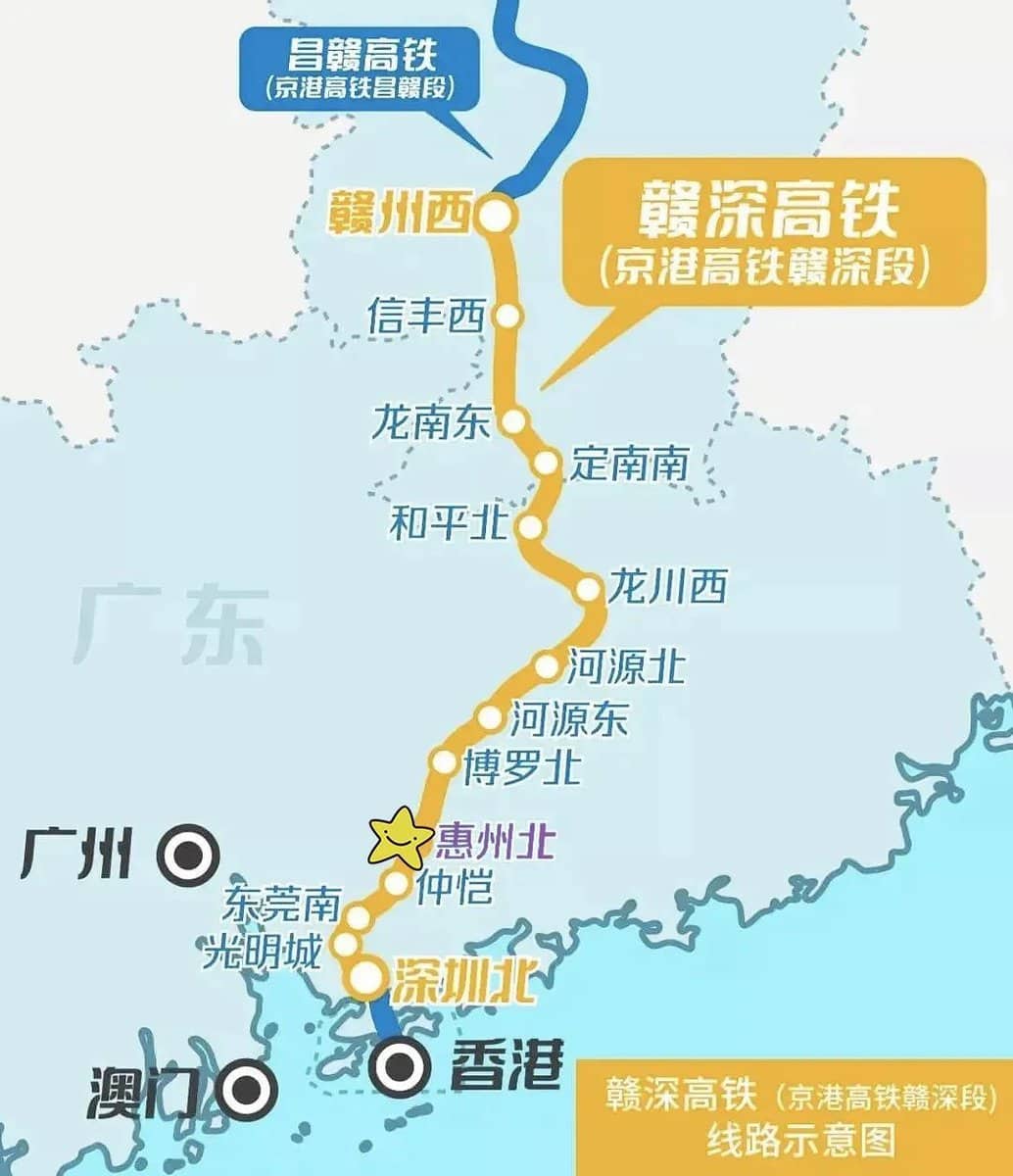
Guangdong and Jiangsu rank first and second in their love for hot springs, and the reason is the same: they have particularly abundant local hot spring resources.
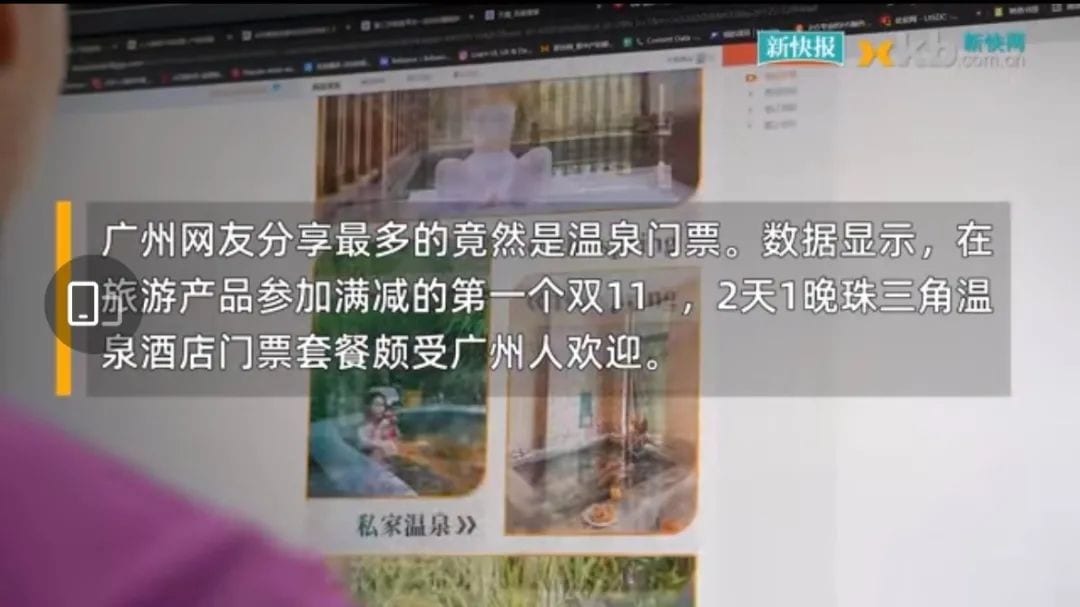
As mentioned at the beginning, Huizhou is also a city rich in hot springs, with steam rising everywhere. Especially Longmen County, located beneath it, is a well-known “hot spring town” both near and far.
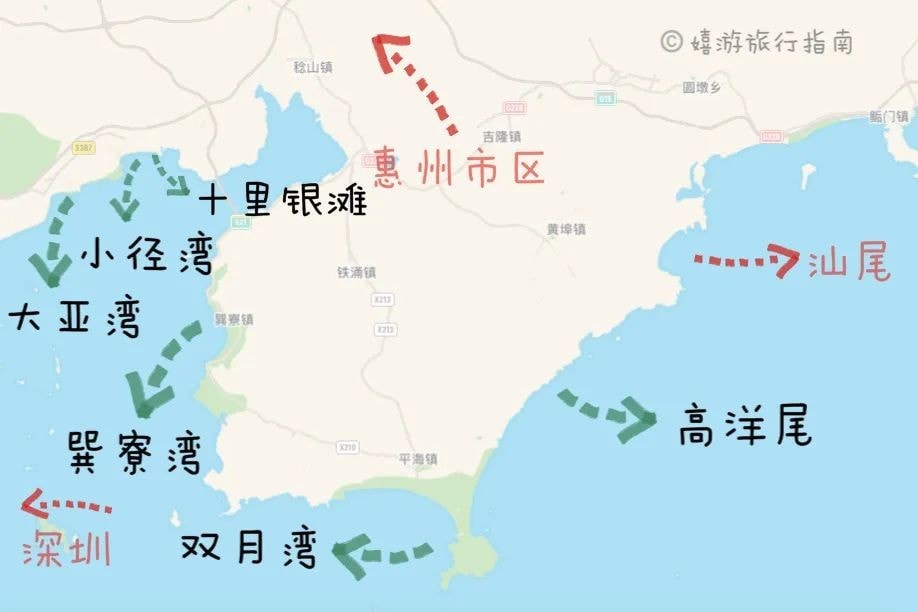
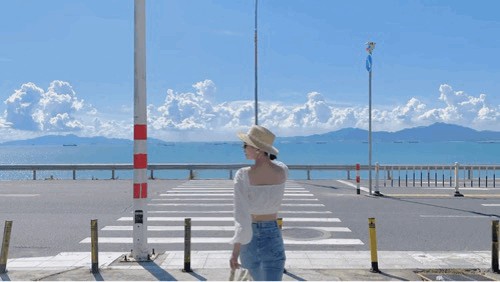
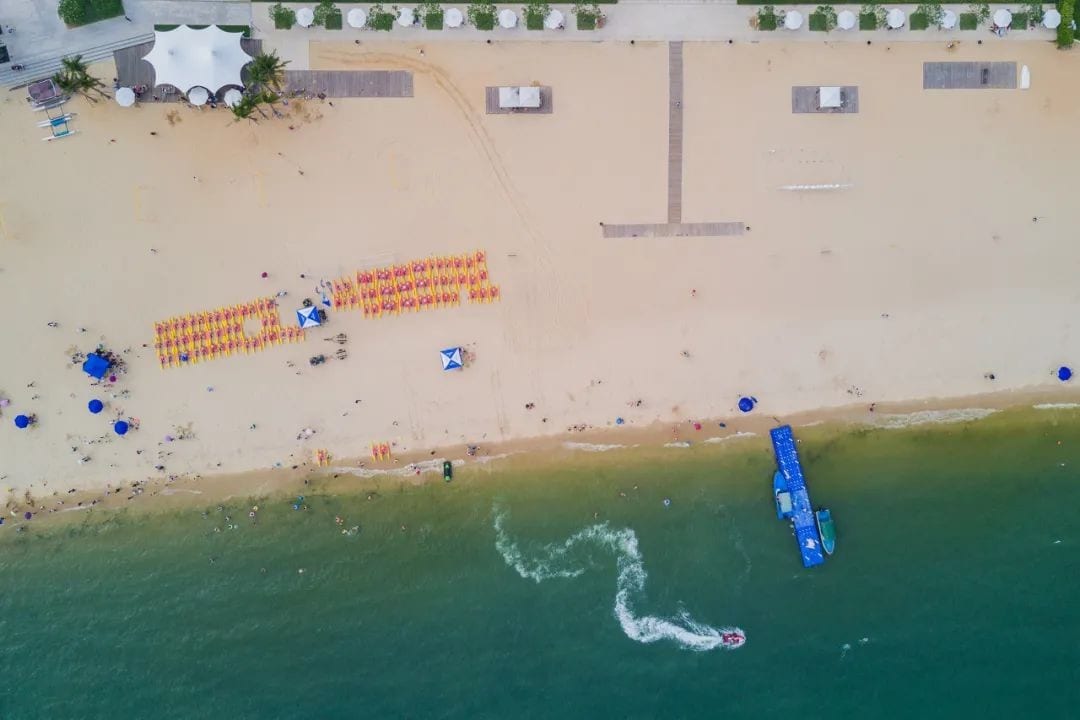
As of the third batch of the “List of Certified Hot Spring Water Temperature and Quality Enterprises in Guangdong Tourism,” a total of 8 enterprises in the Huizhou region have been certified as “genuine hot springs.” I’ve compiled a simple table listing their respective features for your reference.
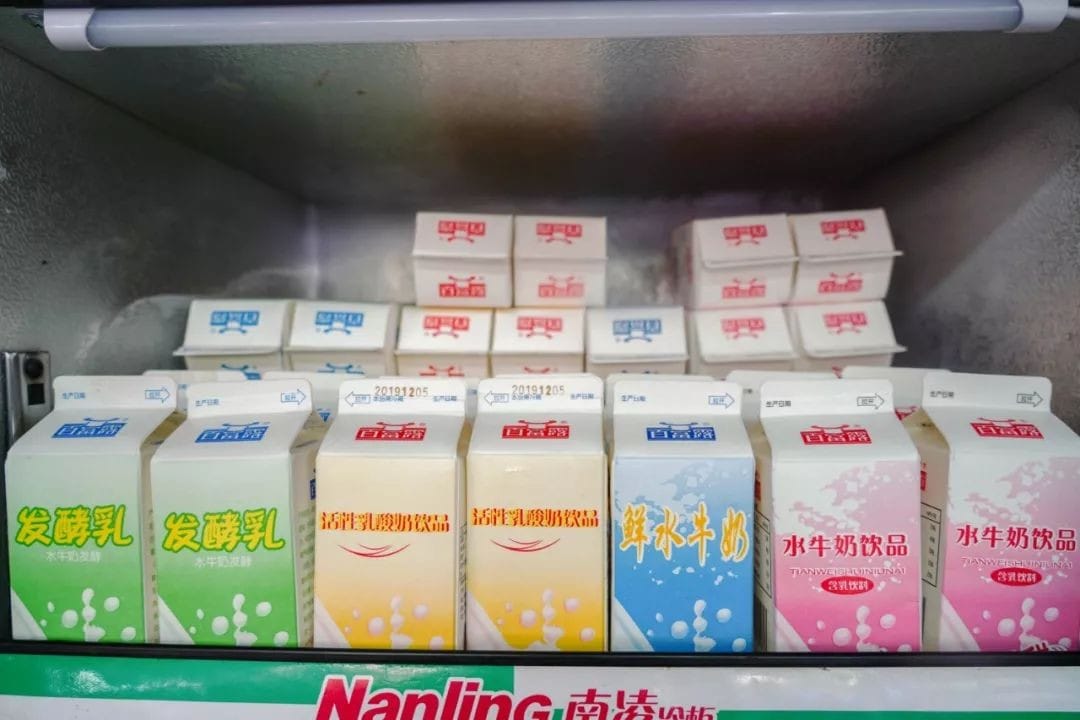
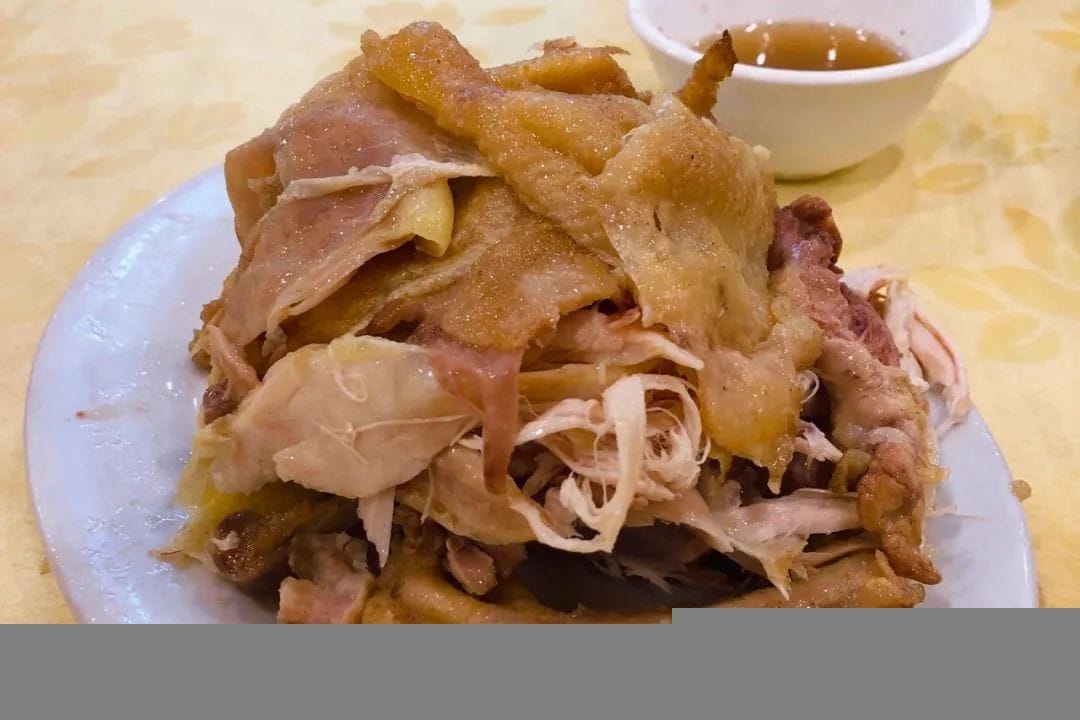
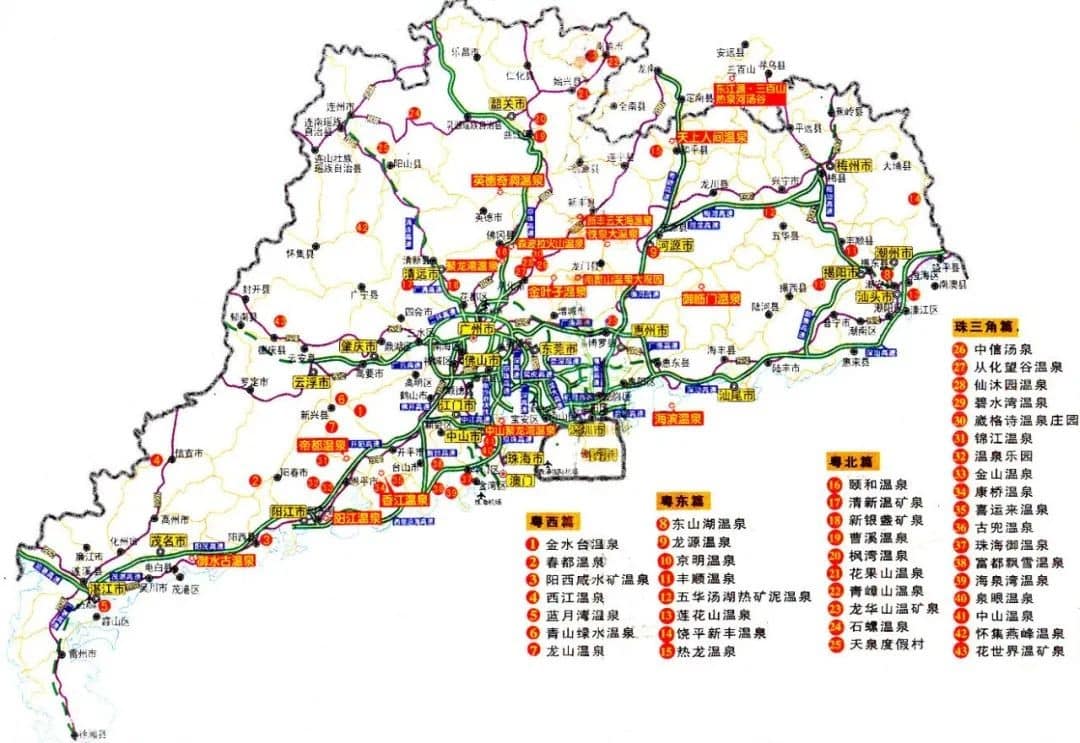
To be rated as a 5A hot spring, both the water quality and hardware must be up to standard. If it were me, I would certainly also consider the hotel as a reference indicator.
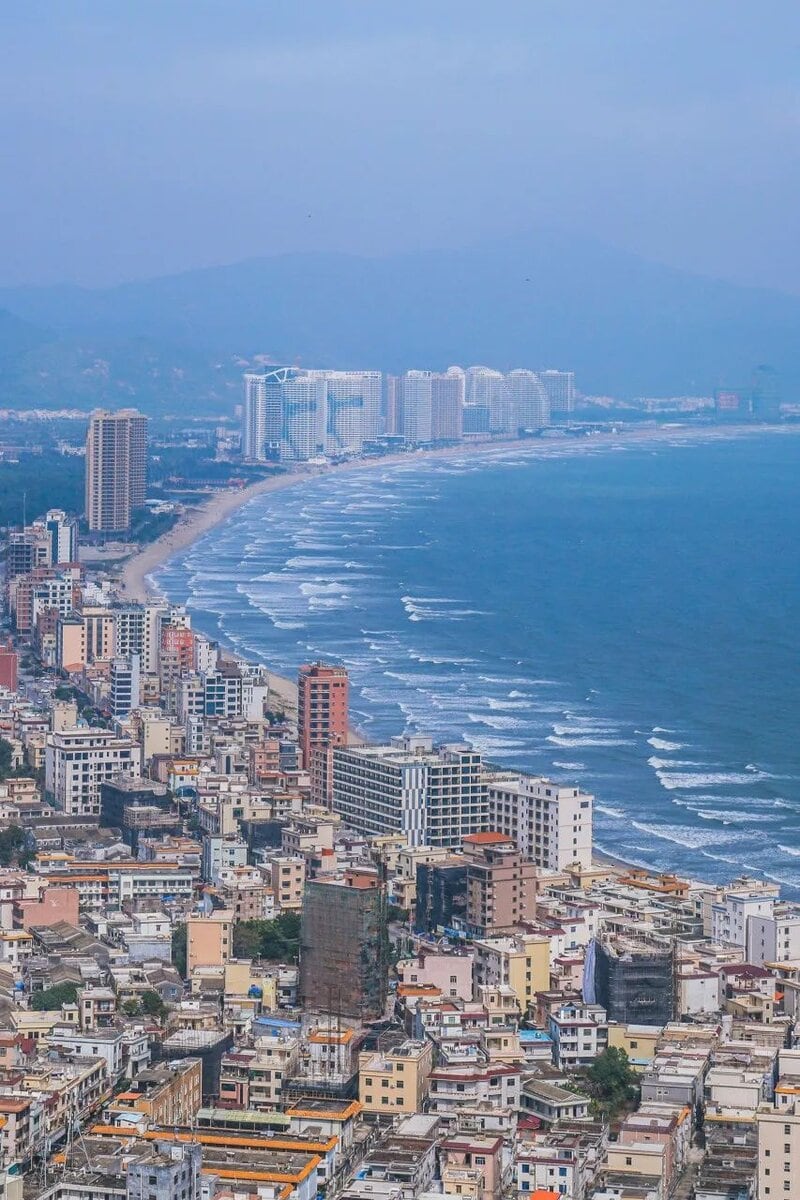
The hotels operated by Nankunshanju and Runyang Xigu Hot Springs are quite good, while Yunding, although known for its hot springs, has slightly older hotels.
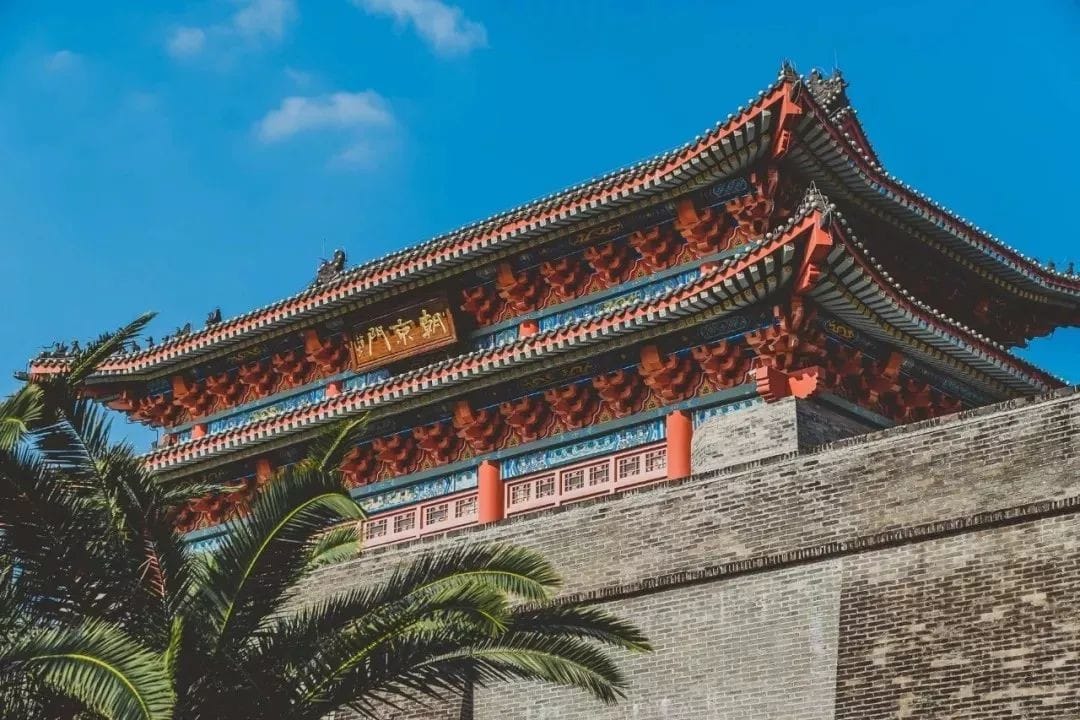
The hotel operated by Lingnan Garden is average, but there is a Longmen Poly Hilton right across from the hot spring, both under the same owner, offering better conditions.
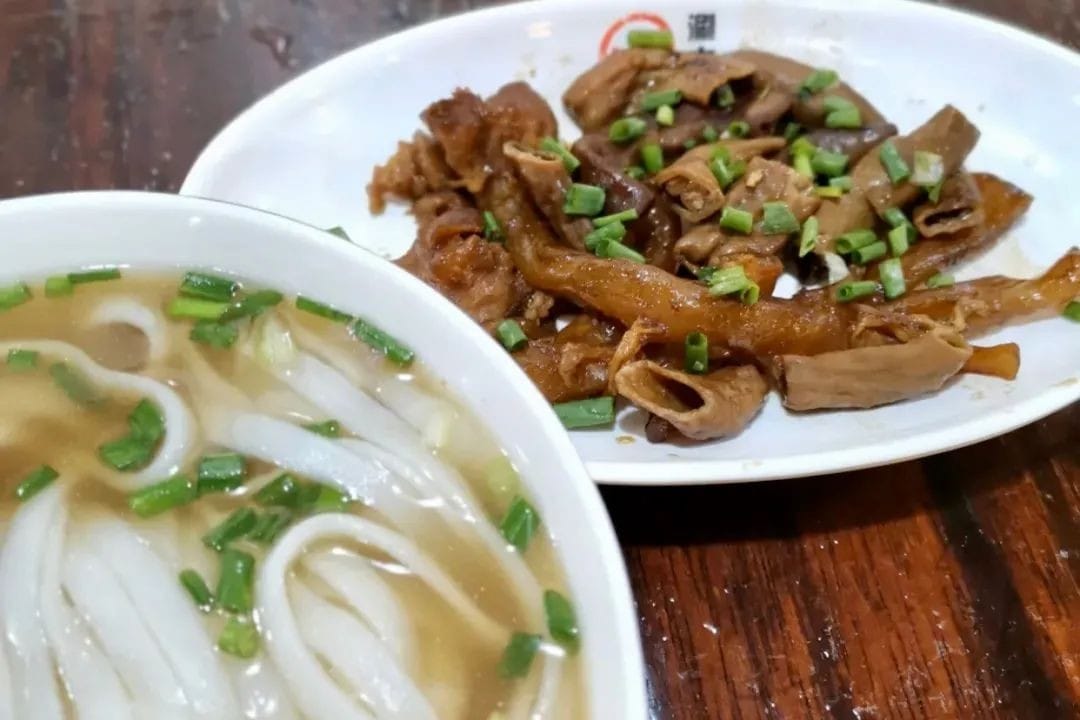
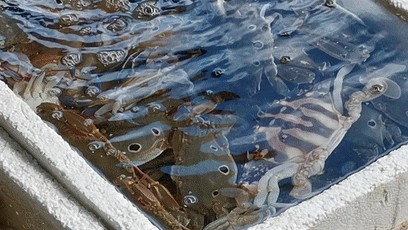
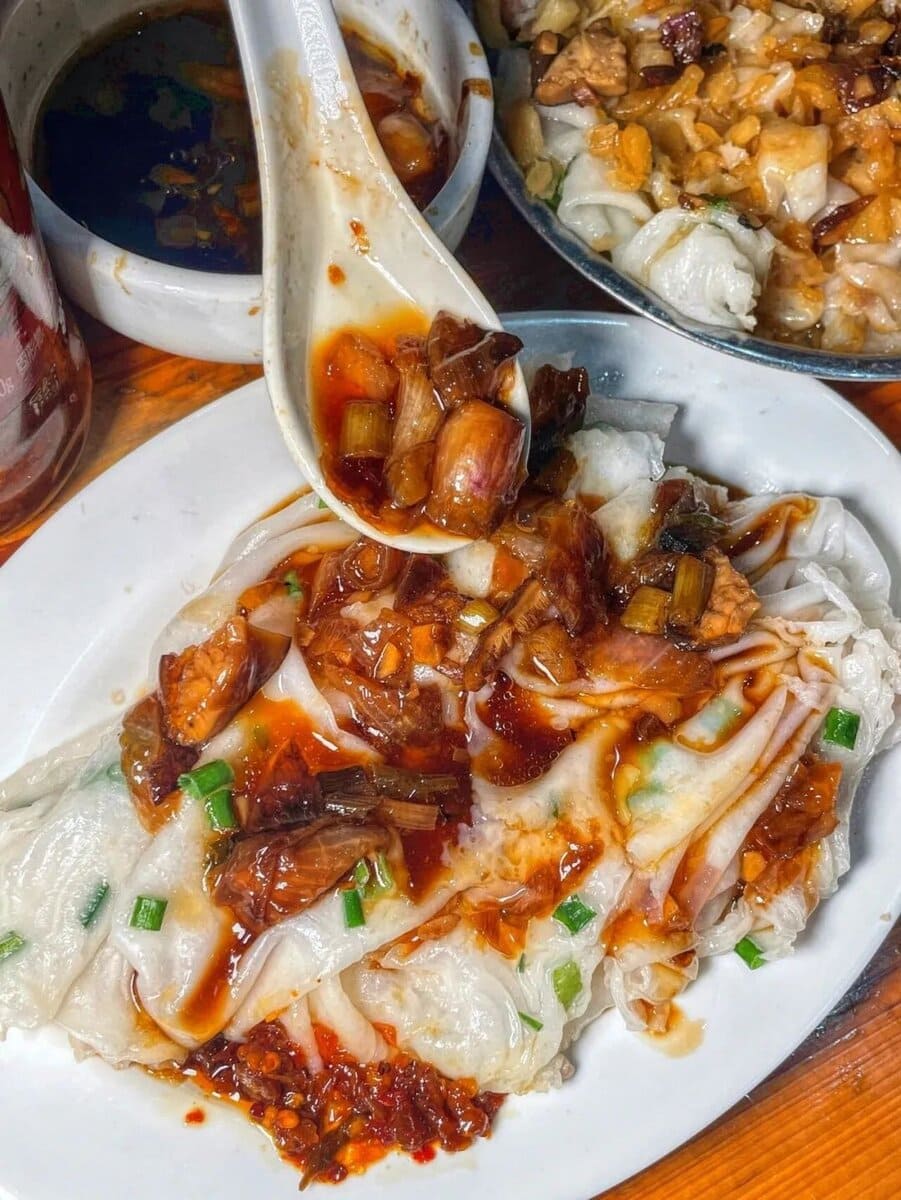
Of course, genuine hot springs in Huizhou are not limited to these. Those not listed here may simply not have participated in the evaluation.
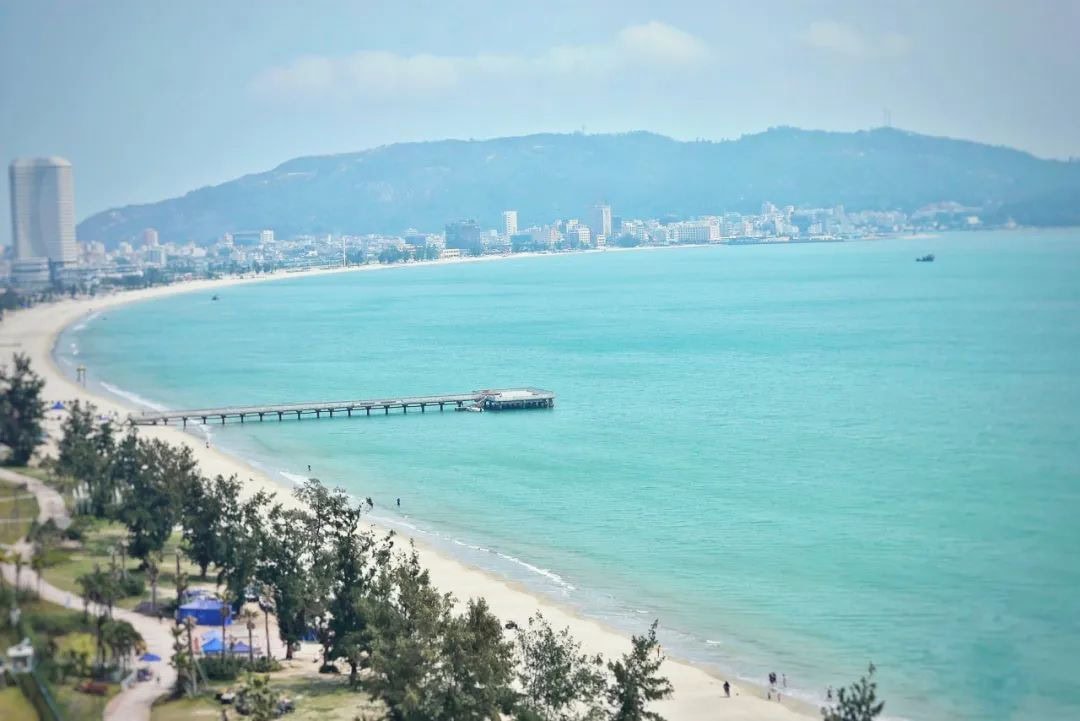
During the Double 11 shopping festival, when recommending hotels, seeing is believing, so I visited Zhonghai Tangquan in Huizhou.

At the very least, I can confirm that this “Millennium Dongpo Spring, the First Spring in Lingnan” is indeed a genuine hot spring.

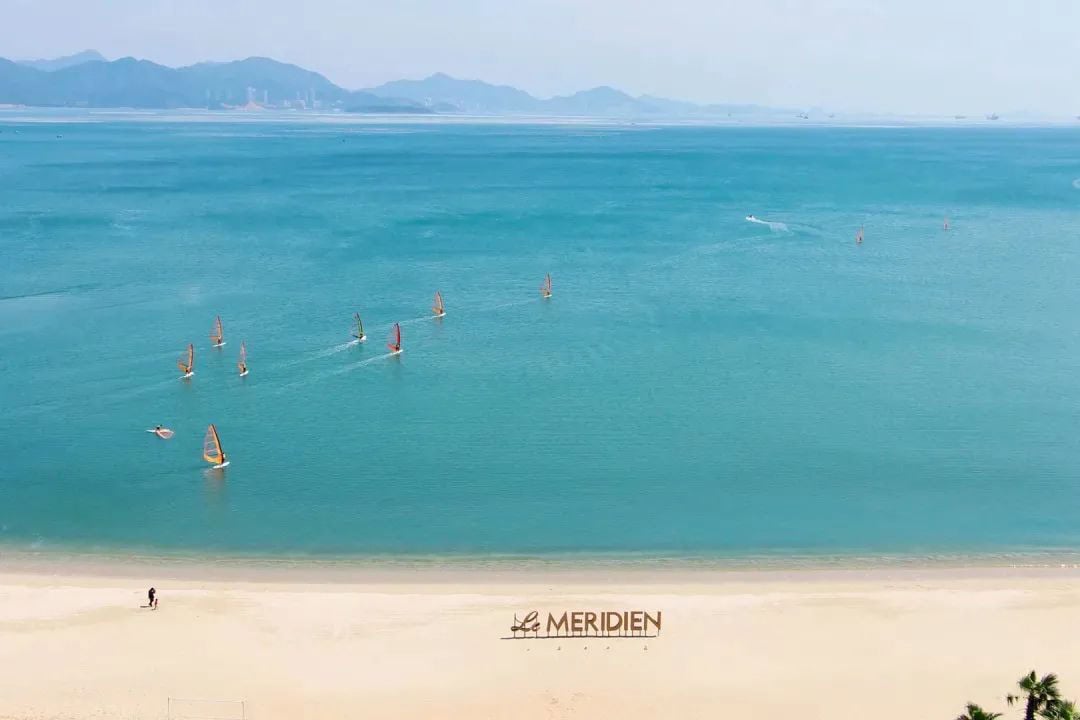
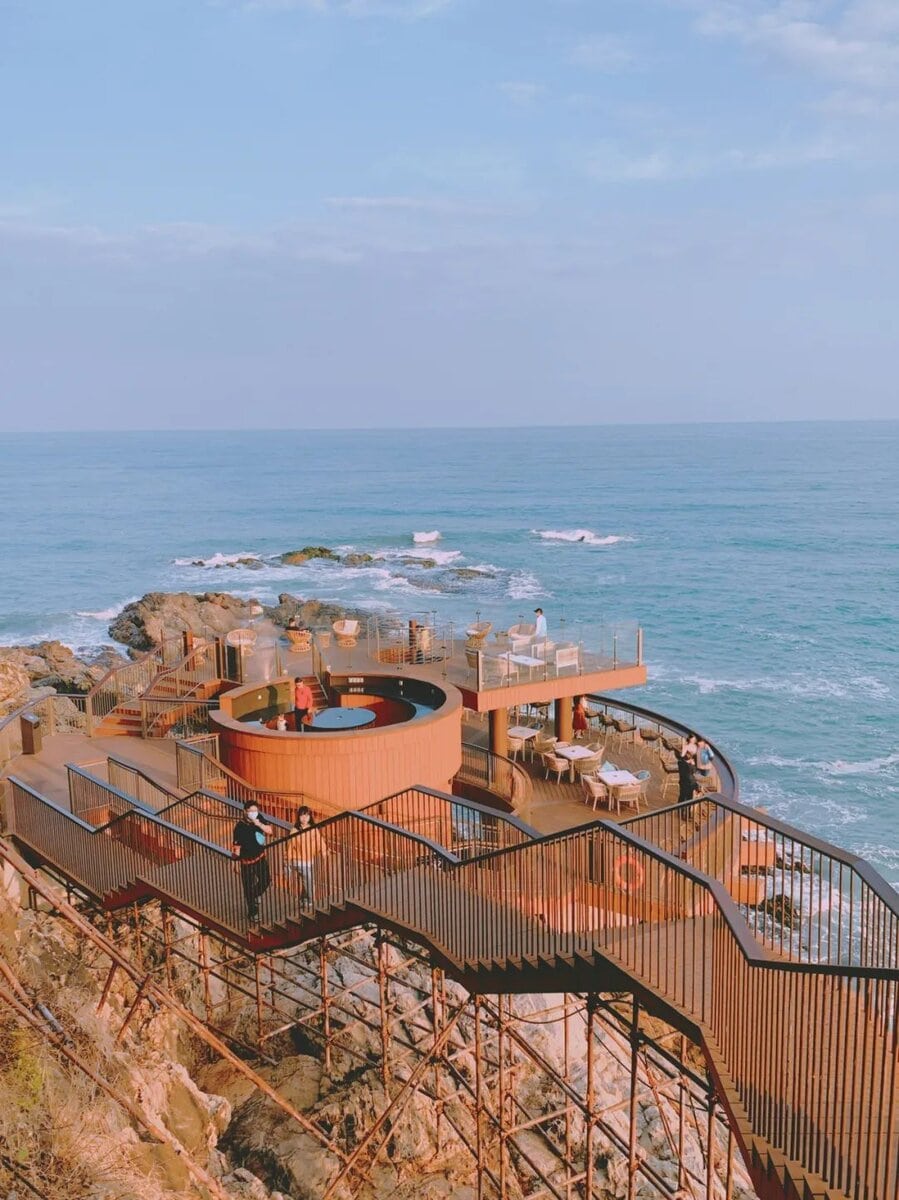
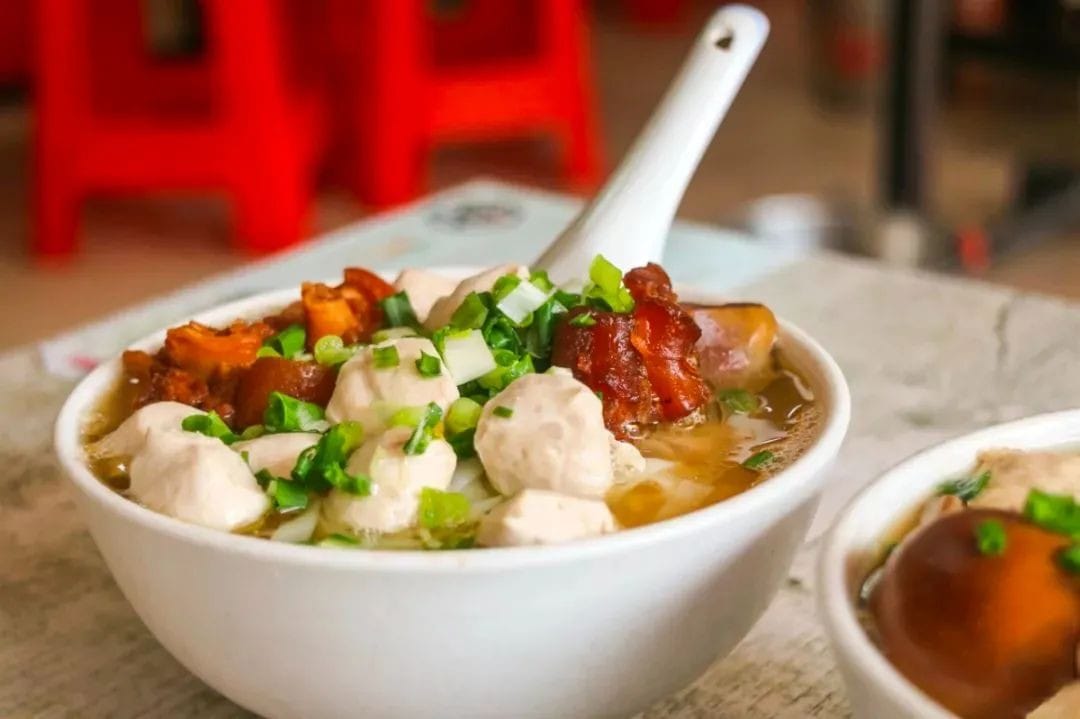
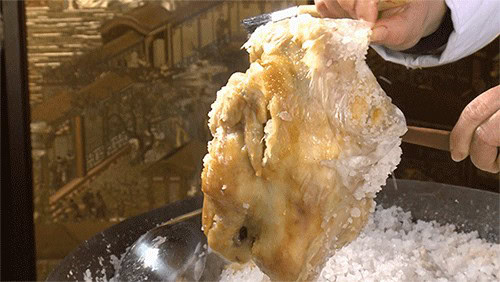
2
Winter Cannot Hinder the Journey to Huizhou to See the Sea
After experiencing the winter seaside in the north, one would find that even in winter, the sea breeze in Huizhou is quite gentle.
Huizhou boasts a long coastline and a peninsula jutting out into the sea, giving it excellent natural conditions for viewing and enjoying the sea.
I’ve marked some of the famous scenic spots on the map. Although they don’t seem far apart, it takes about 50 minutes to drive from Xunliao Bay to Double Moon Bay. I recommend choosing one to visit at a time.
The most famous Xunliao Bay and Double Moon Bay in Huizhou are probably well-known throughout Guangdong.
These two are not closed tourist attractions but are integrated into residential areas, offering “natural facilities.” Hence, some people say that the seaside in Huizhou is very commercialized. This is true, but commercialization itself is not necessarily a bad thing.
Xunliao Bay, located in the Jinhaiwan International Coastal Tourism Zone, occupies over 20 kilometers of coastline, including “seven mountains, eight bays, and eighteen sights.” Although not close to the open sea, the water quality is very high, with a turquoise color visible to the naked eye.
Moreover, Xunliao Bay has the advantage of offering many land-based activities.
There is the Xunxiu Theater for performances; the Ice Kingdom, which children should enjoy; and the Tianhou Palace, which can be visited as well.
There is also the “Huizhou Little Kamakura” that has become particularly popular, offering great photo opportunities. There are many places to pass the time.
Image: @_Qiuqiu
Image: @Happy Dabao
The scenery at Double Moon Bay is more iconic, with the coastal arcs on both sides resembling the shape of a moon.
There is an observation deck here where you can see the double arcs featured in the “ID photo.” Additionally, there is the only sea turtle natural reserve in Asia—Turtle Harbor, which also offers beautiful sea views.
Double Moon Bay has several beaches. Those who enjoy calm sea views can visit Vanke Beach or Double Moon Bay Resort; Qian’ao Beach offers the most recreational activities; those who like to watch waves can go to Rainbow Bay; and those who prefer the charm of a small fishing village can visit Da’ao Village. Each beach generally has accommodation facilities, making it very convenient.
A notable attraction at Double Moon Bay is the Rock Bar, which can be scheduled for a visit through the official WeChat account of Yuanfang Dongshan. The visit is free.
Image: @Ginger
So, how do you choose between these two bays?
Xunliao Bay has more comprehensive commercial facilities, with more options for accommodation and dining, so prices are more reasonable. Double Moon Bay, on the other hand, has better beach quality, and I personally prefer its scenery.
However, it is crucial to avoid visiting these bays during peak holiday periods. Otherwise, instead of seeing the sea, you might only see crowds of people, and the traffic on the way there can be maddening.
Xunliao Bay and Double Moon Bay are the most famous, but just as I prefer Wanning over Hainan Island, I would recommend another lesser-known bay in Huizhou—Xiaojing Bay.
Compared to the previous two bays, Xiaojing Bay has fewer tourists and better beach quality. There is a coastal boardwalk where you can rent a small electric scooter to ride around, offering very nice scenery.
The core area also has the Le Méridien Xiaojing Bay, which has expensive room rates year-round but is in an excellent location.
If you are a surfing enthusiast, you might discover the treasure of Gaoyangwei Village.
Although it is a very primitive beach, it is excellent for surfing. I recommend the 8cm Surf Club, which also has several branches in Hainan and is more reliable.
Of course, even in Guangdong, where people still wear flip-flops in winter, surfing is more comfortable in summer.
Image: @z
3
Cantonese + Chaoshan + Hakka = Huizhou, the hidden gourmet city!
First, let’s clarify the geographical location. The old city of Huizhou is in Huicheng District; the airport and high-speed railway station are in Huiyang District, about an hour’s drive from the city center; and the seaside attractions are far from the city, concentrated in Huidong County.
Good restaurants, needless to say, are mostly clustered in Huicheng District.
Huizhou also has a West Lake, and on this West Lake, there is also the Su Causeway built by Su Dongpo.
Moreover, Huizhou is a fascinating place, as it is the best at integrating the Hakka, Cantonese, and Chaoshan cultures in all of Guangdong.
So, as you walk the streets of Huizhou, you can hear people speaking Hakka, Cantonese, Hoklo, Chaoshan, and various other dialects.
Geographically, Huizhou is both coastal and mountainous, offering a diverse range of ingredients. Coupled with three distinct culinary traditions, the food scene is incredibly varied.
The Three Treasures of Huizhou: Dongjiang Salted Chicken, Hakka Stuffed Tofu, and Preserved Vegetable Pork Belly.
I was wrong; I shouldn’t have underestimated any city in the province known for its chicken legs.
The more I researched Huizhou’s cuisine, the hungrier I got. I could probably write a whole article just on its food, but for now, I’ll just throw out a simple introduction, focusing more on the gems in the comments.
Baifulu Water Milk, the secret code for Huizhou locals.
– 8:00 A.M. –
Hengli Soup Noodles
How popular are Hengli soup noodles in Huizhou? Although I’ve placed them in the breakfast category, from the first meal of the day to the last, Hengli soup noodles are the go-to choice for Huizhou residents.
The noodles themselves aren’t the highlight, but the broth and toppings are meticulously prepared.
For the broth, ingredients like fresh shrimp, pork bones, pork skin, and meatballs are used to create a flavorful stock. The toppings usually consist of various braised meats, with braised eggs and beef brisket being unofficial must-haves, and fish balls, pork trotters, and pork intestines being common choices.
🏡 Recommended Shops
Huikang Soup Noodle Shop: A model of classic flavors and affordability, with an exceptionally delicious broth and generous portions of braised meats that leave you full halfway through. The braised meats are also excellent on their own.
Xiangji Food Shop: A seasoned establishment that has been operating in the old market of Qiaodong for over 30 years. Their signature dish is the pork trotter and meatball soup noodles, with the pork trotters being both flavorful and crispy, offering a classic and unforgettable taste.
– 12:00 A.M. –
Salt-Baked Chicken
Chicken, in the hands of Guangdong people, is truly “well-utilized,” with each region offering its own unique variations. In Huizhou alone, there are Dongjiang Salt-Baked Chicken, Earth Oven Chicken, Huiyang Three Yellow Chicken, Hakka Pork Belly Chicken, and many other preparations.
Among all these methods, I believe the one you must try in Huizhou is the Dongjiang Salt-Baked Chicken.
One of the three major cuisines in Guangdong, Hakka cuisine (known for its heavy oil and salt, and strong rural flavor), has this dish as its star, holding a lofty position~
Moreover, the method of salt-baked chicken is said to originate from Huizhou.
The heat from the sea salt, once it’s been roasted, slowly cooks the chicken, resulting in Dongjiang salt-baked chicken with crispy skin, smooth meat, and aromatic bones, exceptionally delicious~
🏡 Recommended Restaurants
Jiasheng Restaurant: A very old-fashioned home-style restaurant where none of the dishes on the menu disappoint, with consistent quality. The signature salt-baked chicken has been delicious for over a decade.
Image: @「DaDaKhoo™」
Guangyao Ji: Originally known as Zhuyuan Farmhouse Restaurant, it gained fame with its signature clay pot chicken and has since opened branches. The clay pot chicken is crispy and juicy, with distinct meat and fruit aromas, and the skin is not overly greasy, making it an outstanding dish.
– 6:00 P.M. –
Seafood Stalls
Huizhou’s seafood may not be as famous as Zhanjiang’s, but the cost-effectiveness is undoubtedly much higher than in neighboring Shenzhen.
If you’re not afraid of a bit of trouble, then definitely head to the markets. (These markets are usually located by the sea in Huidong)
Near Xiaojing Bay, there’s the Xia Chong Market, near Double Moon Bay, there’s the Gangkou Seafood Market, and between Shili Silver Beach and Xunliao Bay, there’s the Ren Shan Market, all of which are frequented by locals and offer high-value seafood.
🏡 Recommended Restaurants
Meimei Private Kitchen: A budget-friendly seafood stall often frequented by locals for casual dining, with an incredibly wide variety of seafood and generous portions. Must-try dishes include clay pot baked mussels, salt and pepper giant river prawns, and clams in sauce, all super delicious!
Image: @
Gu Zai Seafood: A Hakka cuisine restaurant specializing in seafood, where you can eat to your heart’s content for about 50 RMB per person, and the restaurant is also close to West Lake, perfect for a stroll through the old town after dining.
– 10:00 P.M. –
Colorful Late-Night Snacks
🏡 Recommended Restaurants
Nameless Clams in Sauce: A rumored must-visit hole-in-the-wall in Huizhou, the signature clams in sauce are very fresh, with plump meat and almost no sand, offering great value for money. The clam juice left after eating can be used to mix with rice noodles, leaving a lasting aftertaste.
A small, run-down shop with no ambiance to speak of, it has gained popularity for its overflowing rice rolls with a generous helping of sauce. The onion oil is incredibly fragrant, and the shop operates from morning until 3 AM, making it a treasure trove for late-night dining.
Image: @
Wenyi Food Shop: The menu is concise but exquisite, with the signature pork offal porridge being a massive serving, enough for two people. Be sure to add youtiao (fried dough sticks), and the complimentary onion oil soy sauce enhances the flavor nicely.
Image: @Bvlgaricc
Although I, as someone from outside the province, may not have a thorough understanding of Huizhou, the more I explore, the more I realize it’s worth a visit.
Especially in summer for the sea and winter for the hot springs, Huizhou has firmly grasped the rhythm of vacationing. It seems like a trip is in order once we can travel again.
🚗
/Travel Tips/
For major transportation to Huizhou, you can fly to Huizhou Pingtan Airport or take a high-speed train to Huizhou South Station. Both transportation hubs are not close to the city center, with a travel time of about 1 hour.
If you’re heading to the city center, it’s more recommended to buy a ticket to Huizhou Station. If you’re going to the beach, you can directly buy a ticket to Huidong Station.
If your city doesn’t have a direct flight to Huizhou, you can first fly to Shenzhen, a neighboring city. The two cities offer distinctly different experiences, allowing you to enjoy a dual-city adventure.
🏨
/Accommodation Recommendations/
Continuing with regional recommendations, in Huicheng District, the landmark Huizhou Kerry Hotel Pullman is the tallest five-star hotel in the city, opened in 2019 and still in its prime. There’s also the R&F Grand Renaissance Hotel by the West Lake, offering great value for money. Near Huizhou Station, there’s the Kempinski Hotel, with good locations.
If you’re looking to soak in hot springs, the accommodation options have already been briefly mentioned, so I won’t go into detail here.
For the beaches in Huidong, it depends on which bay you choose to stay in. In Xunliao Bay, you can stay at the Sheraton Huizhou Golden Bay Resort, with good environment and scenery, though the hotel is quite old. For Shuangyue Bay, the usual choice is the Tanjuan Howard Johnson Resort Hotel, offering a lot of activities and even the chance to play mahjong by the hot springs.

